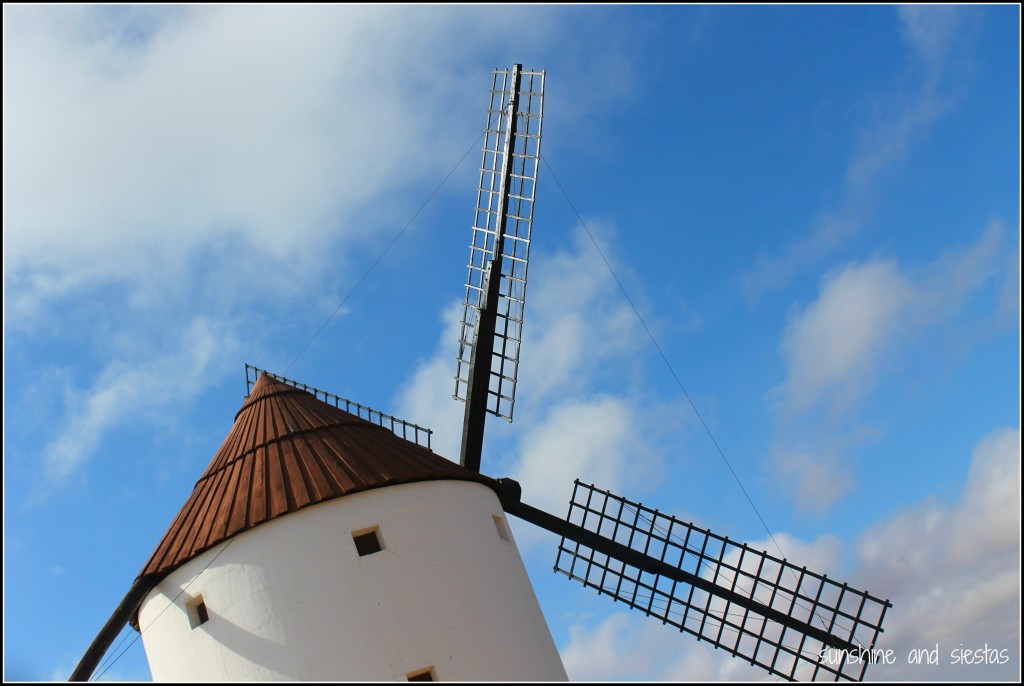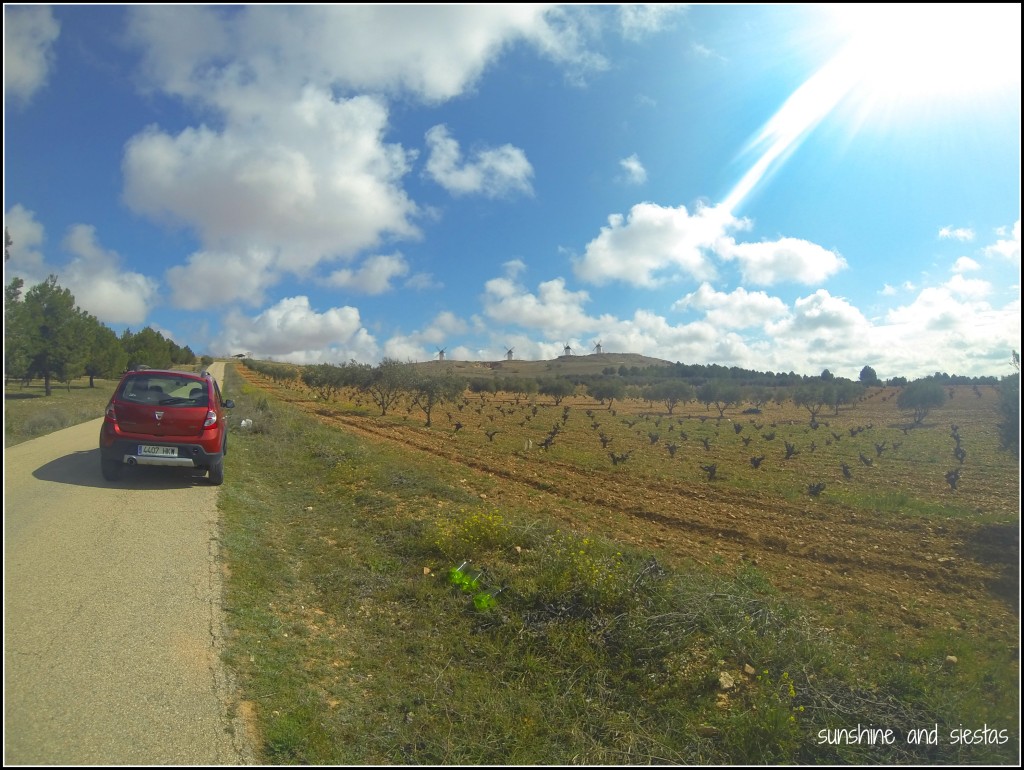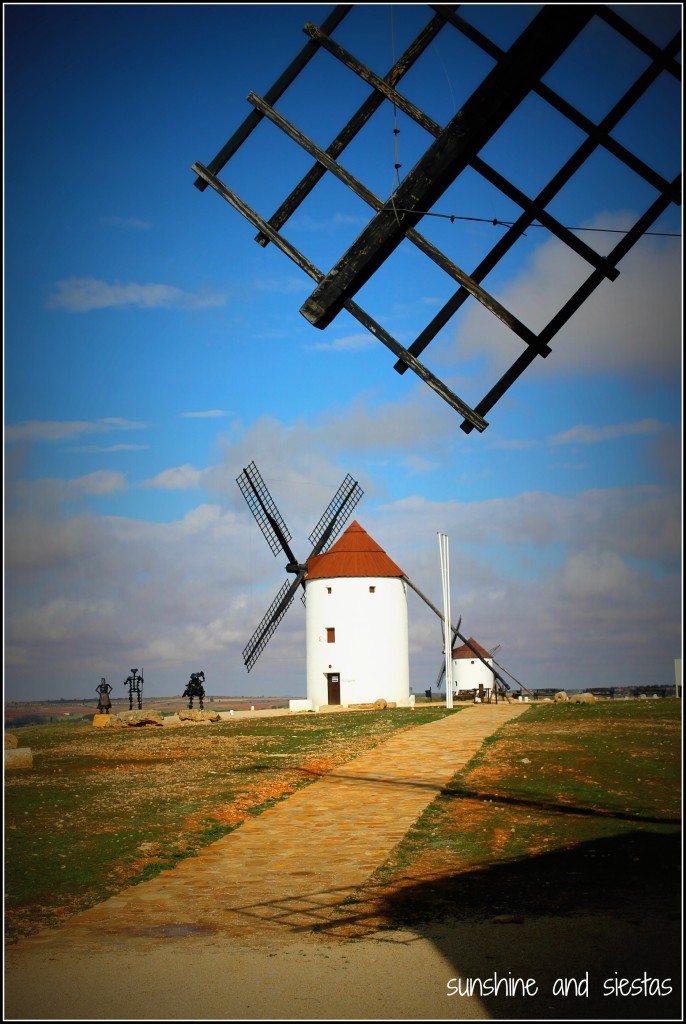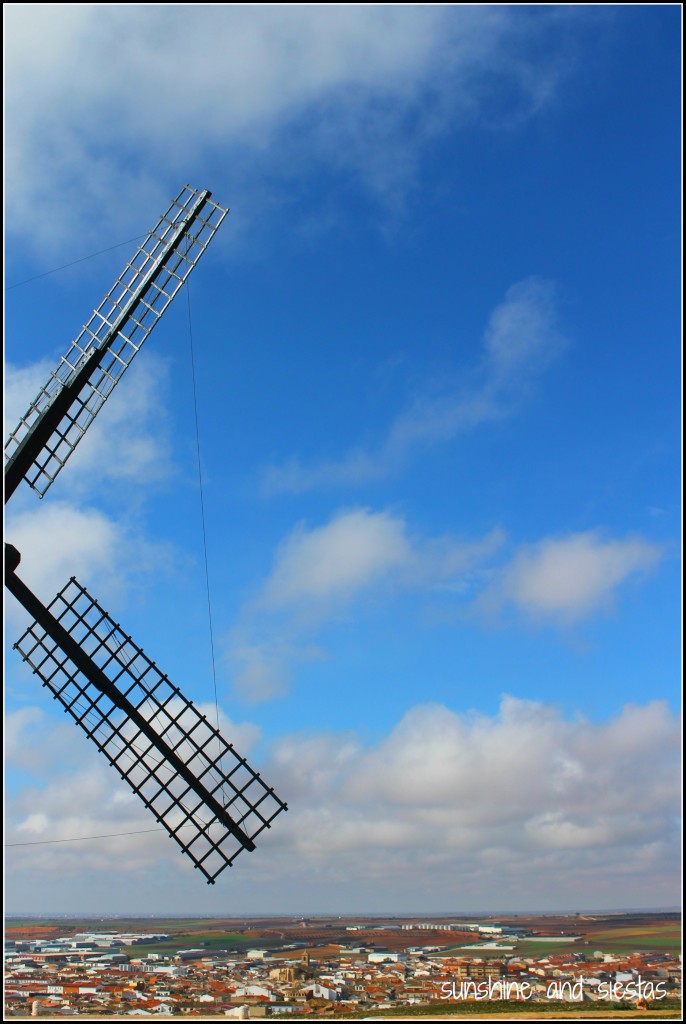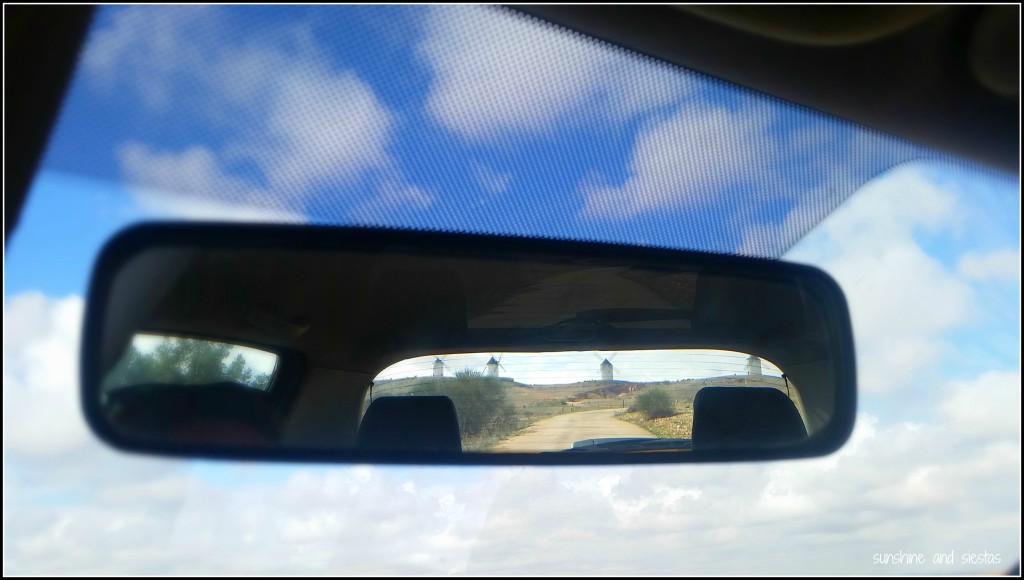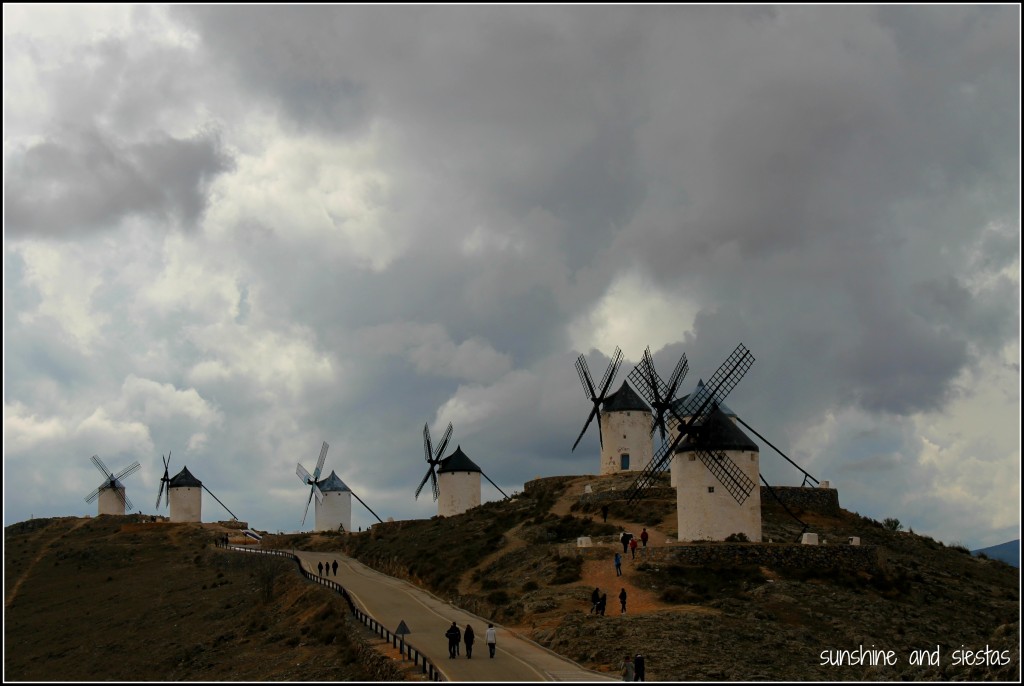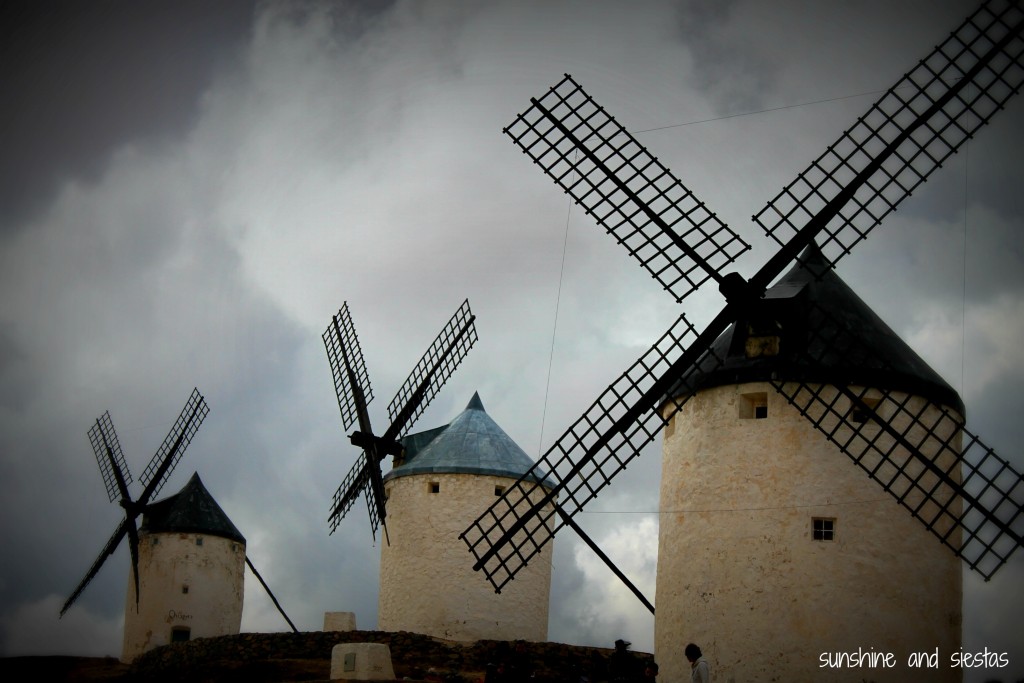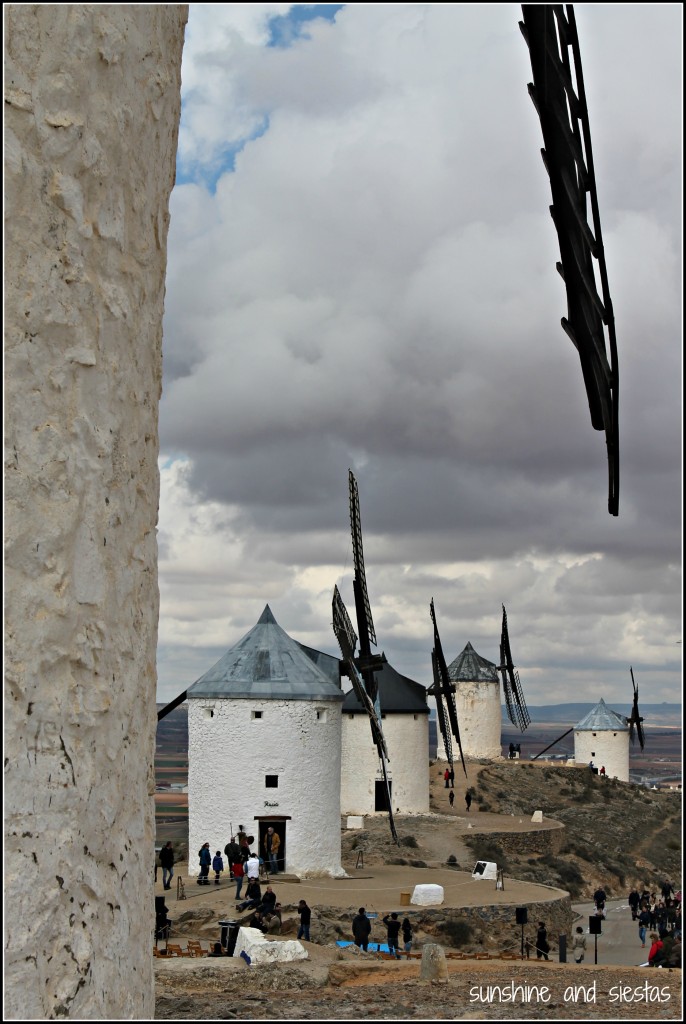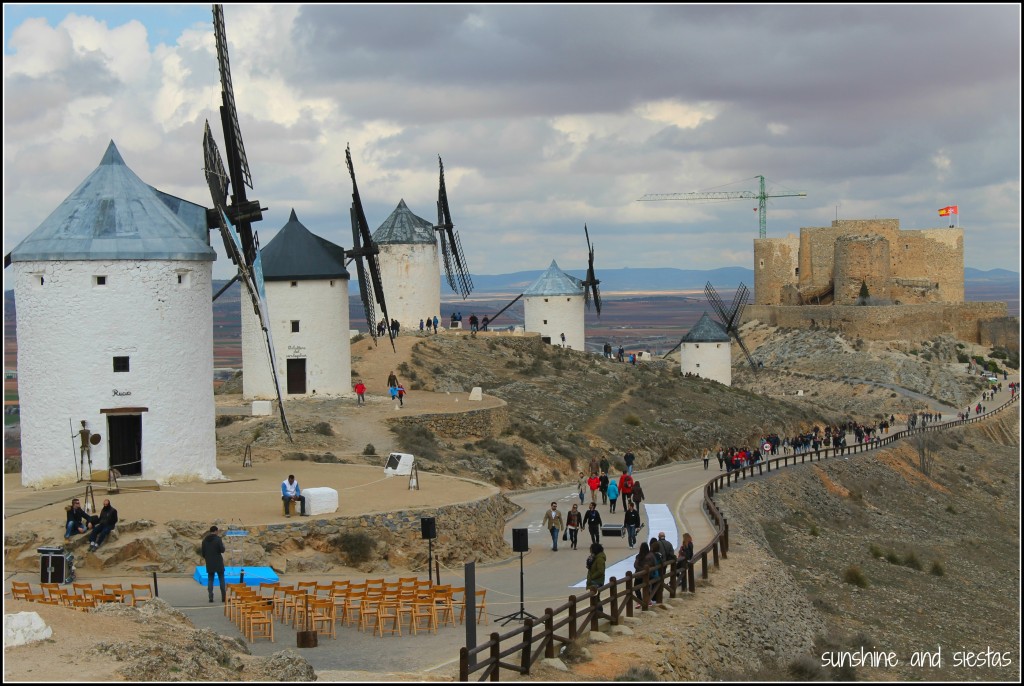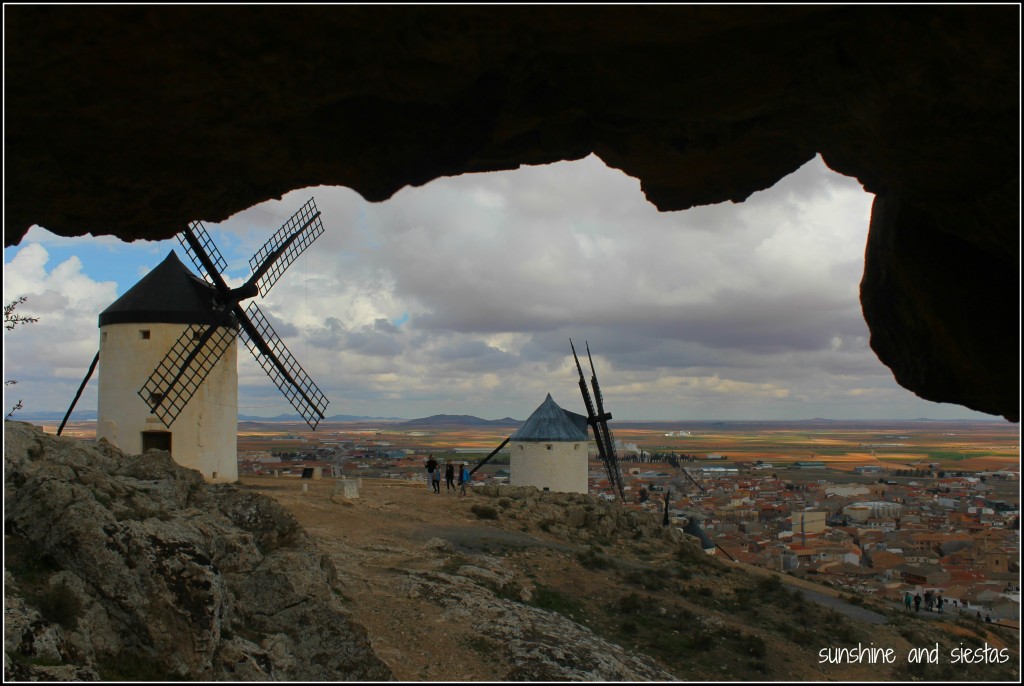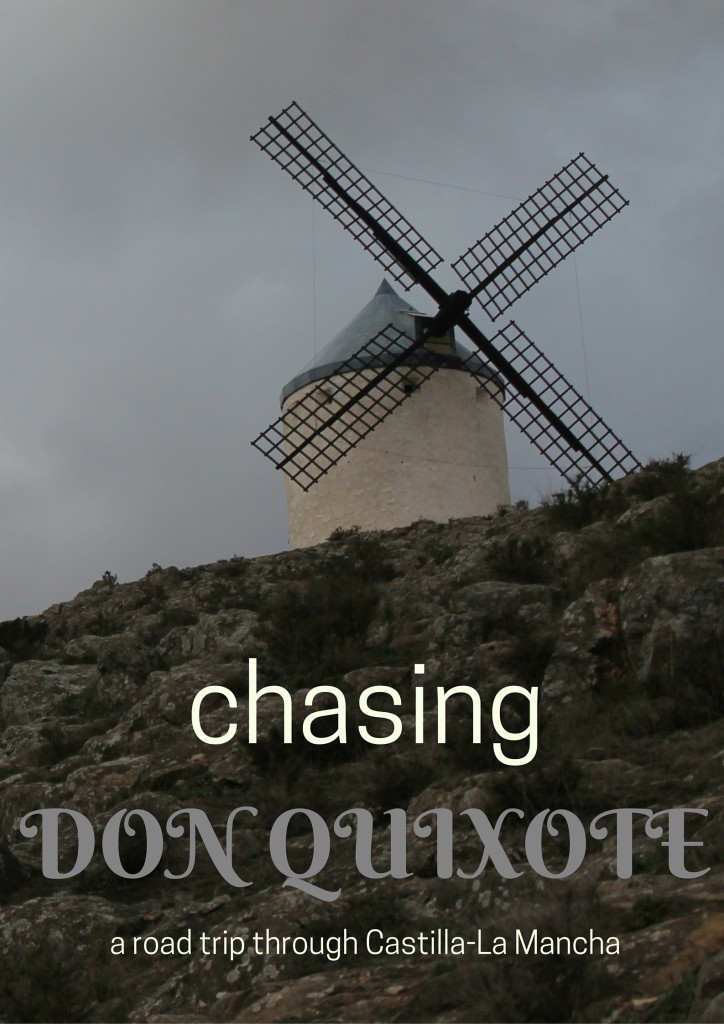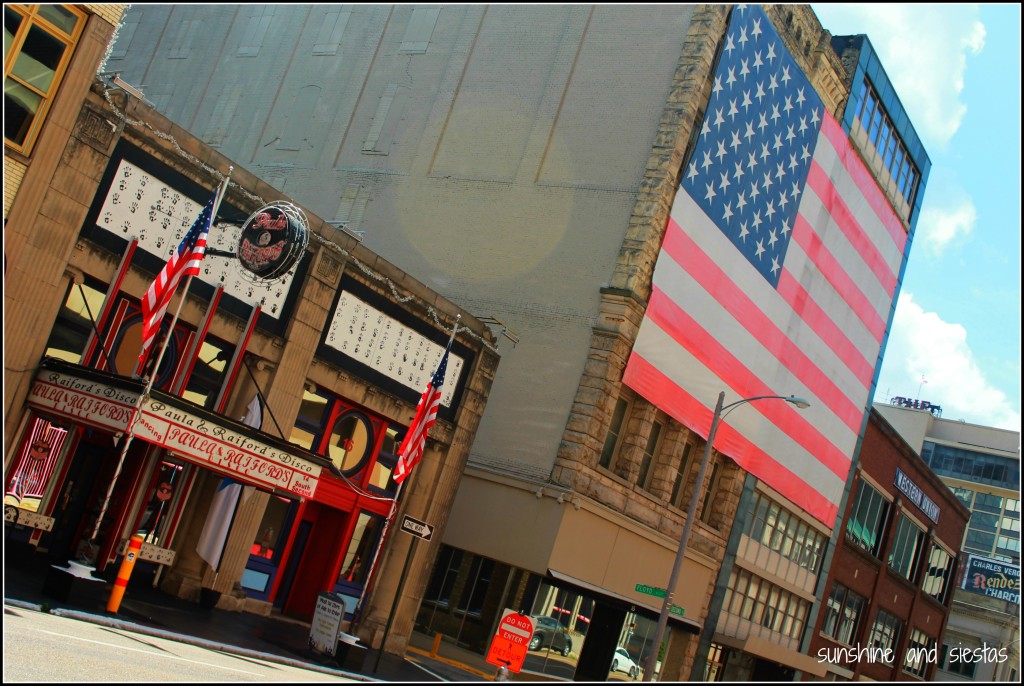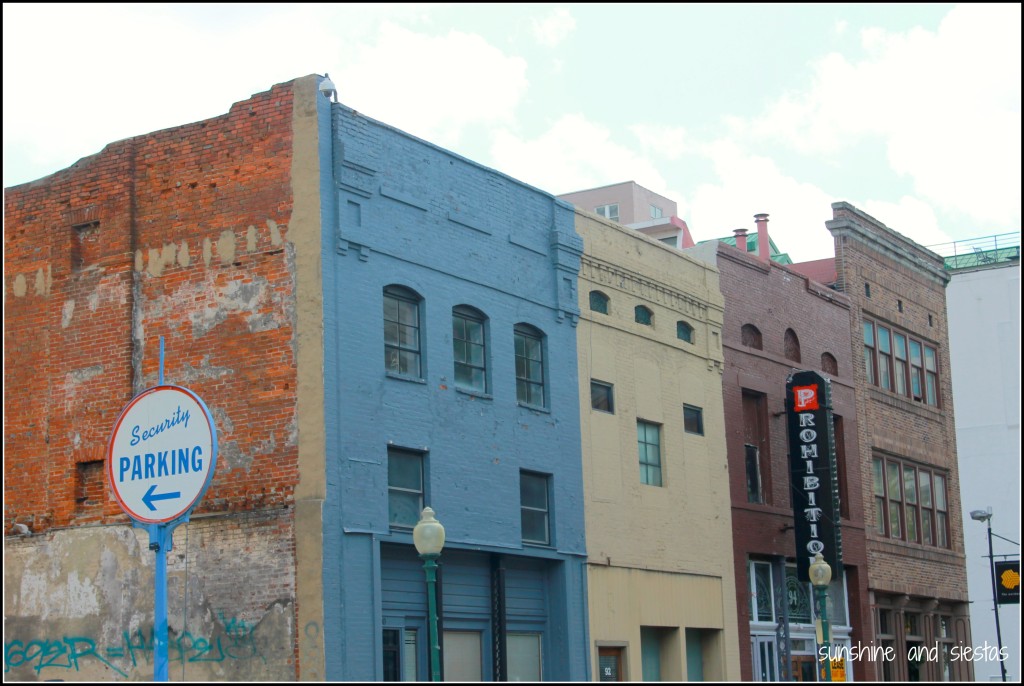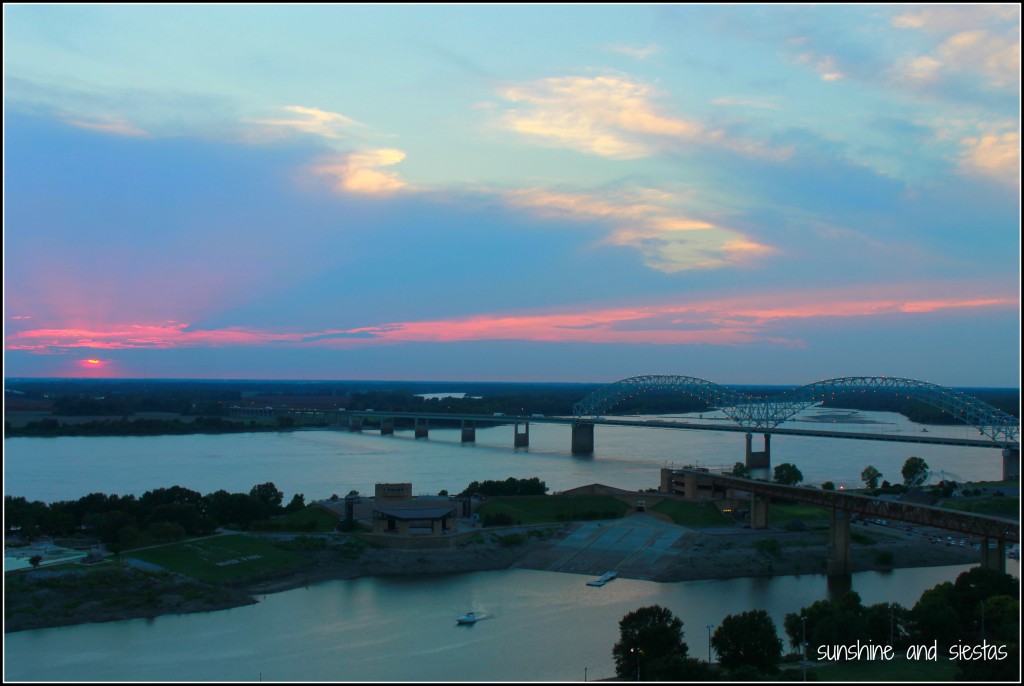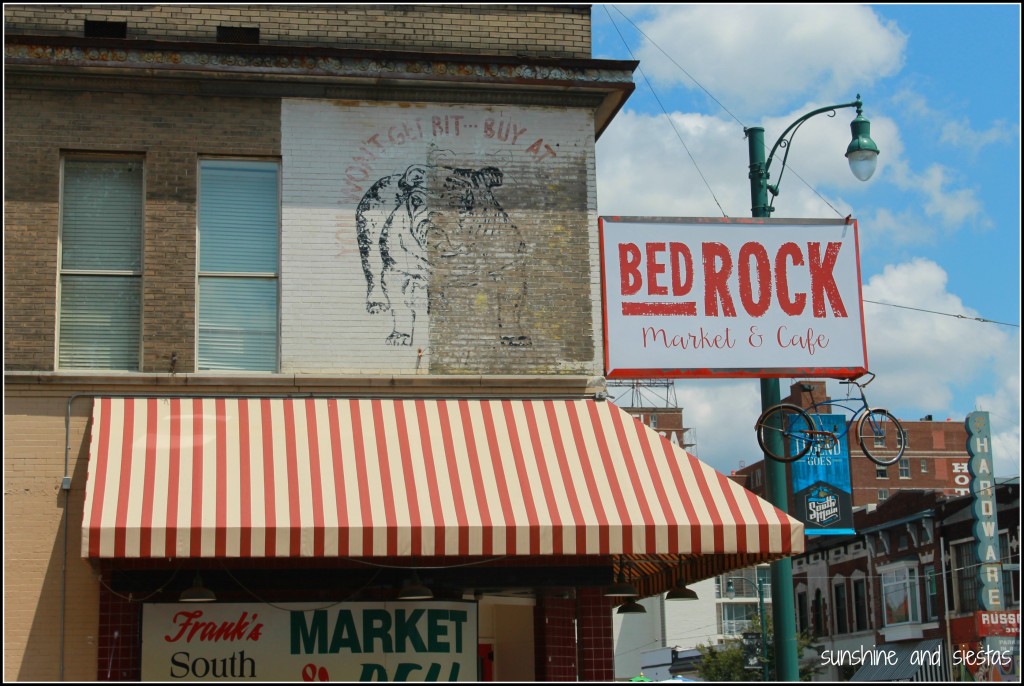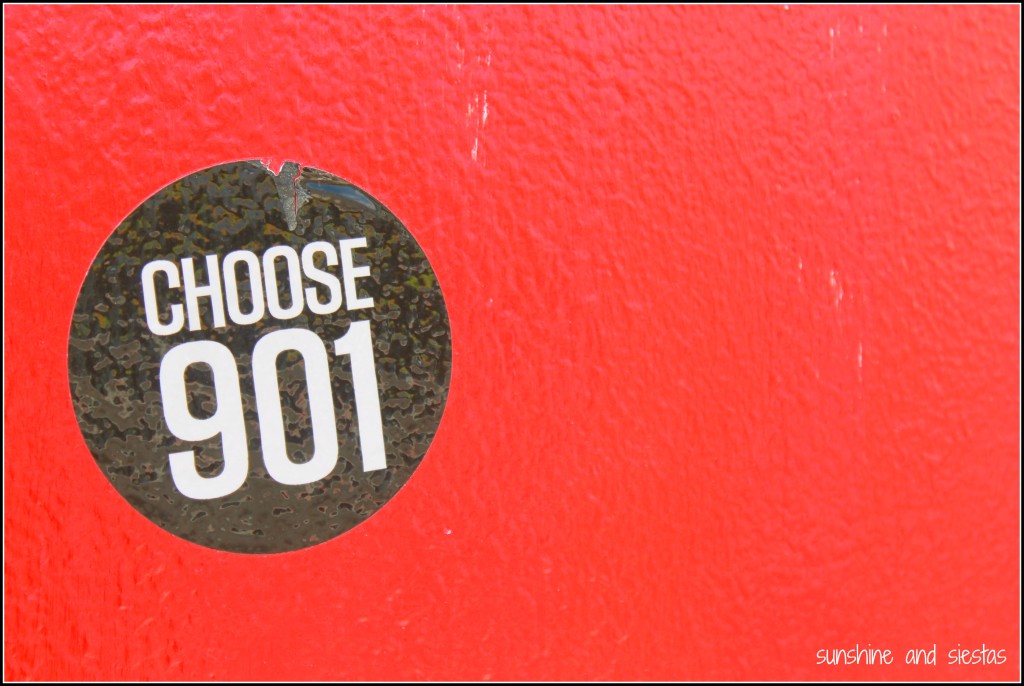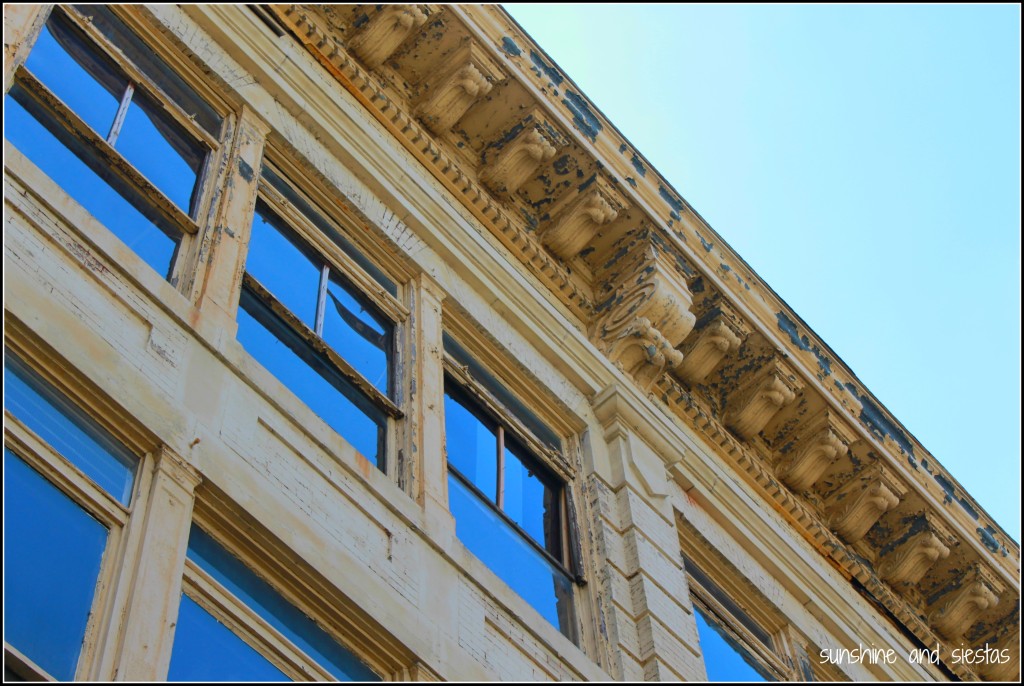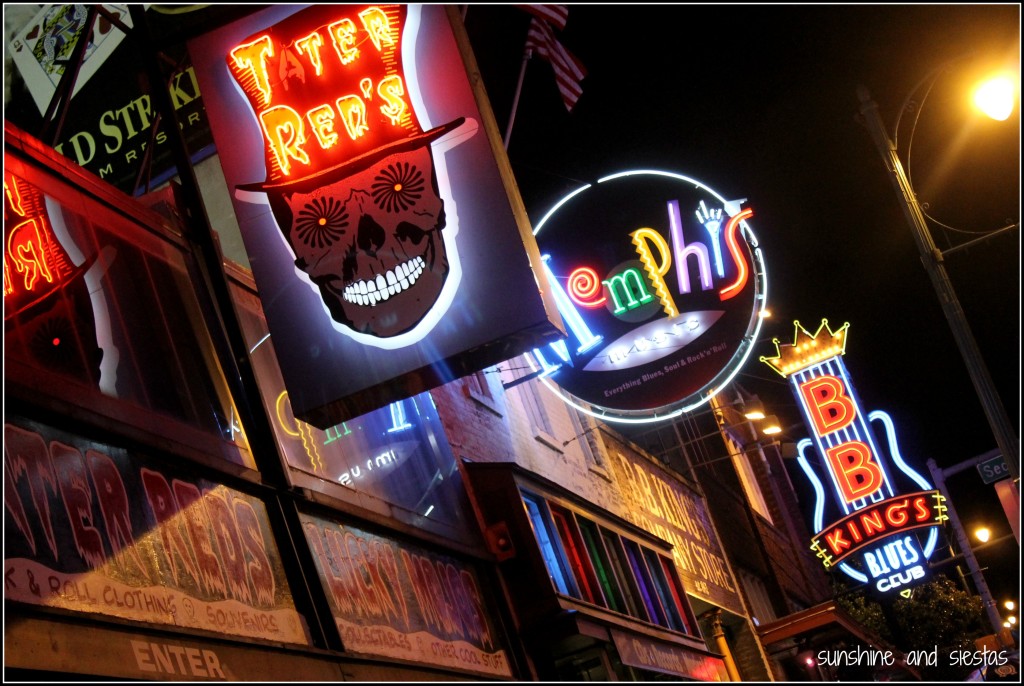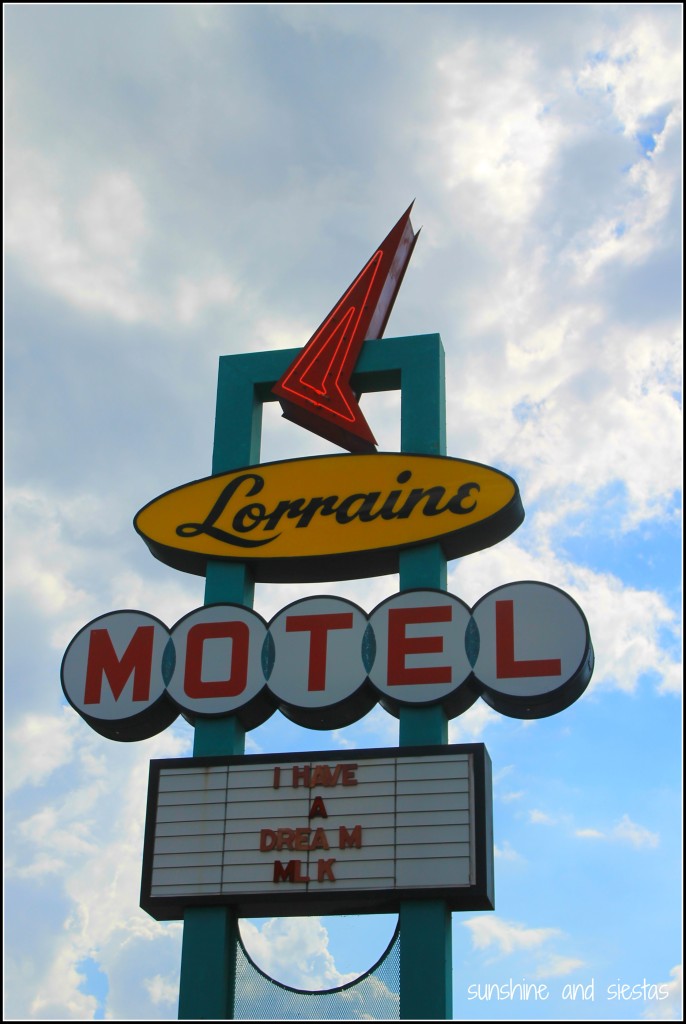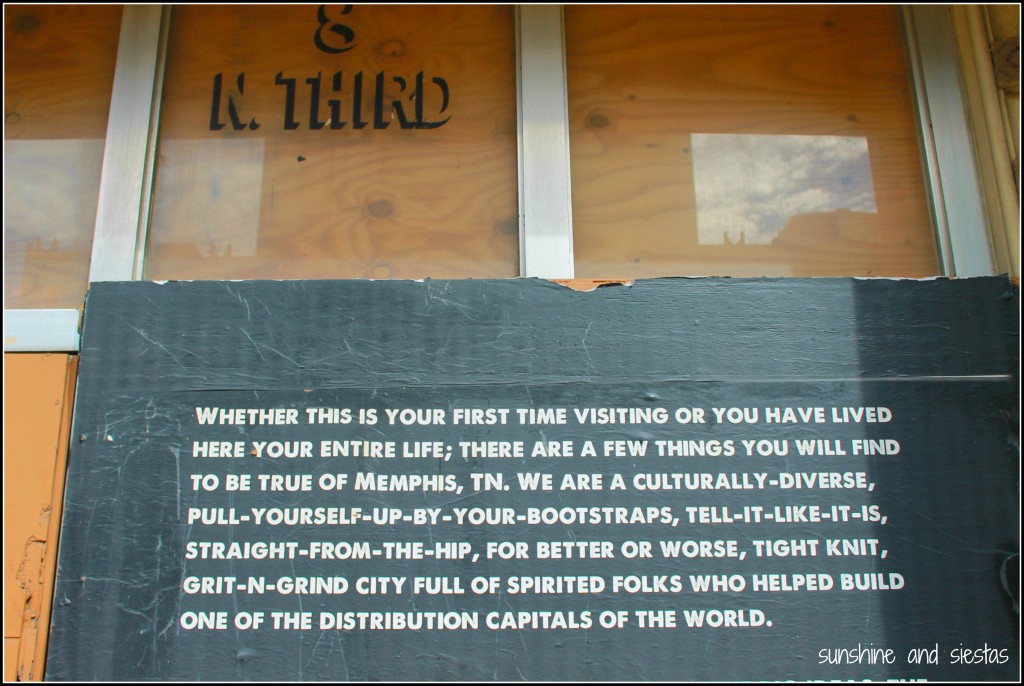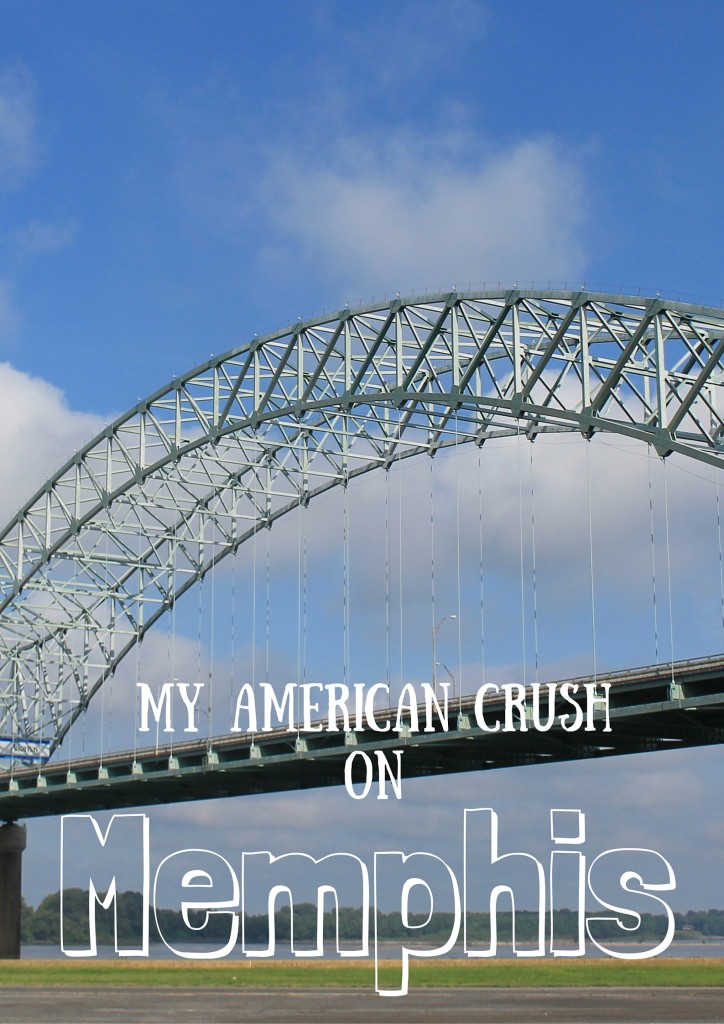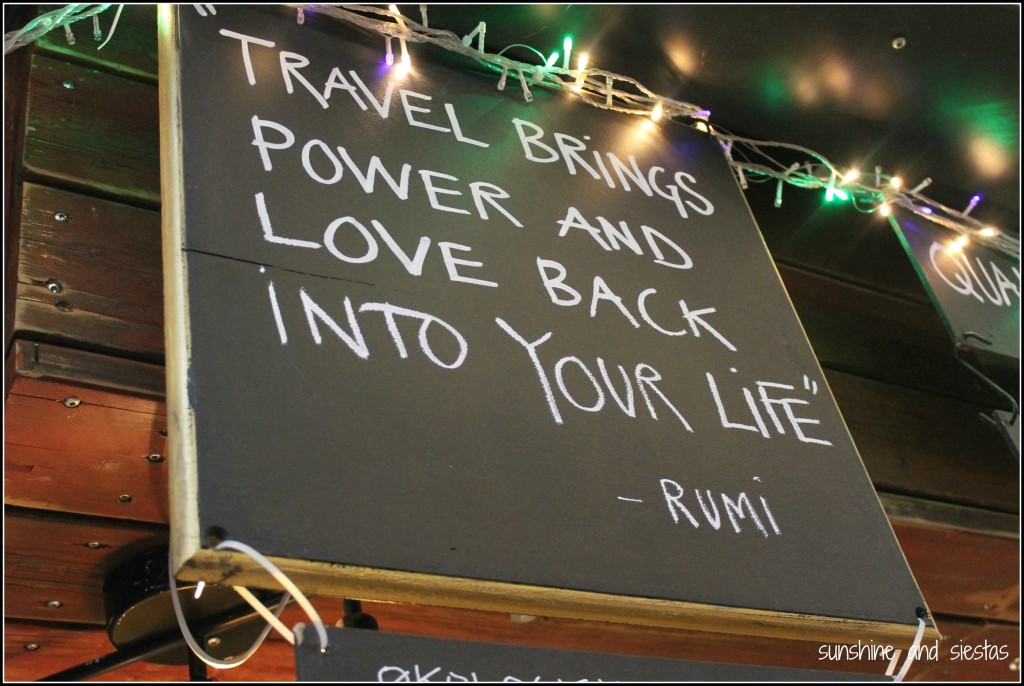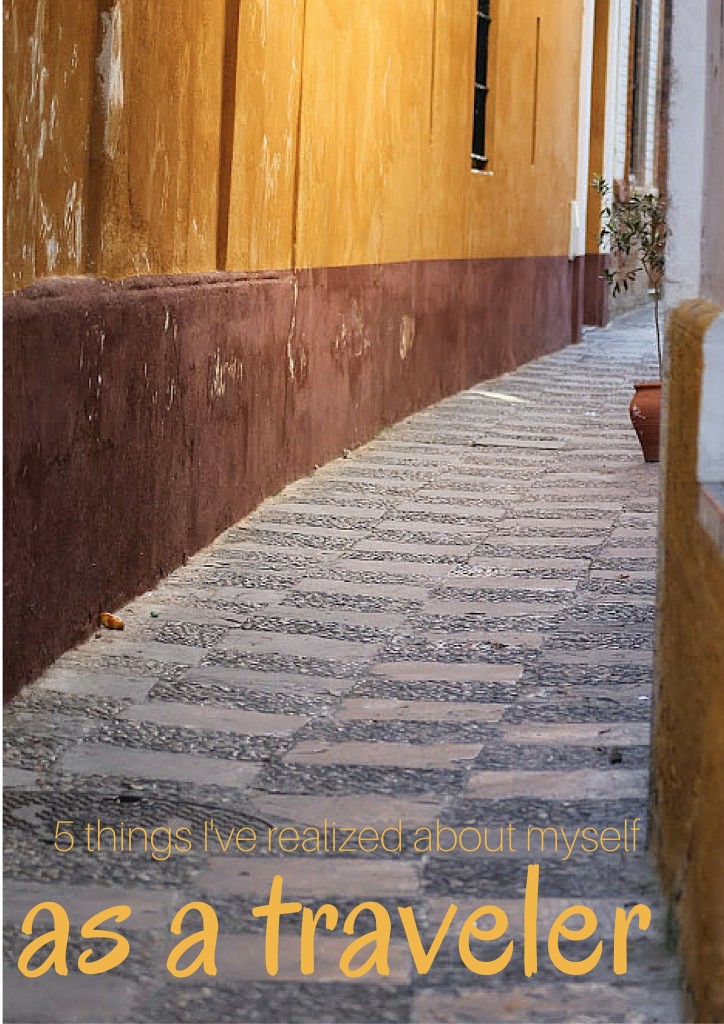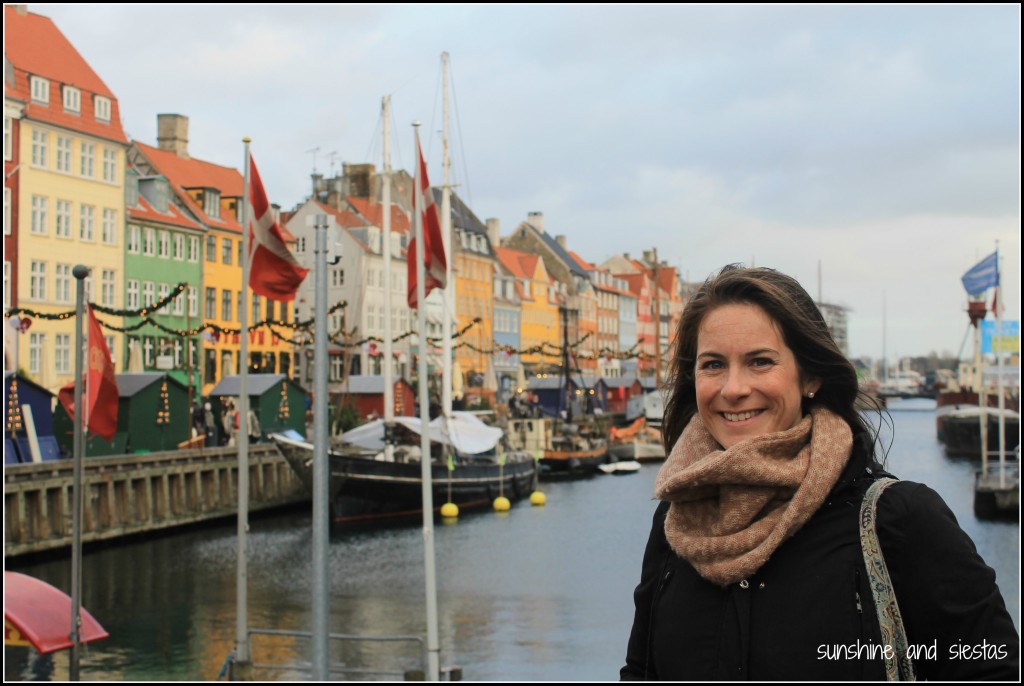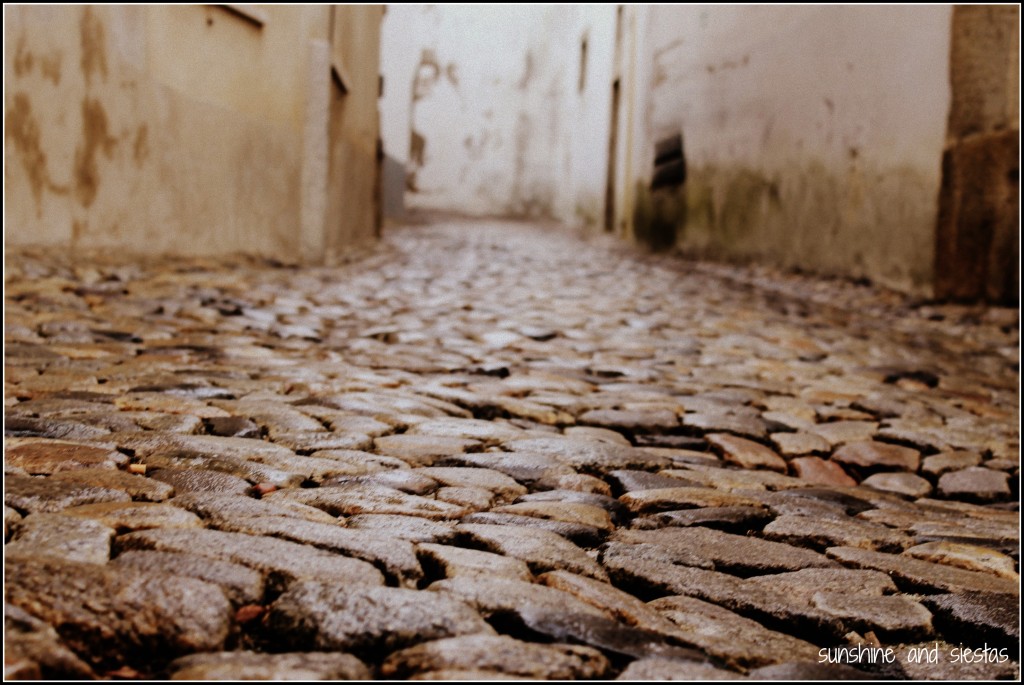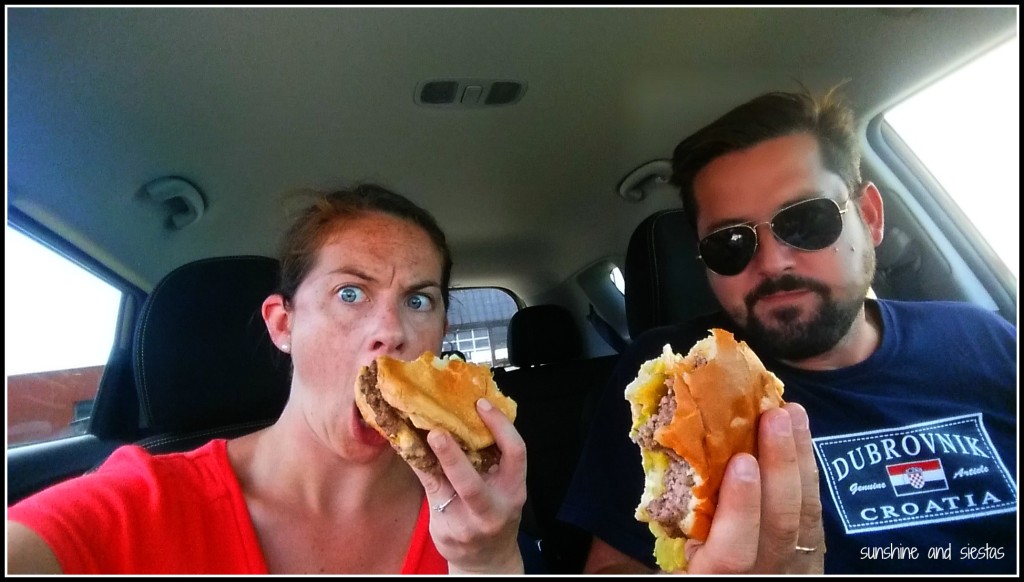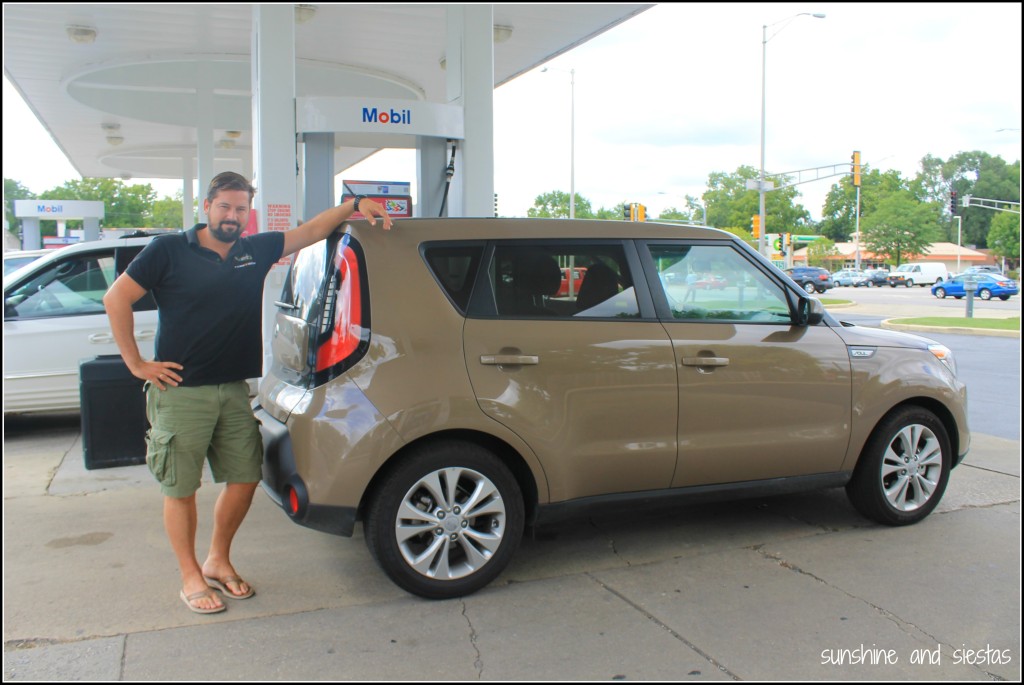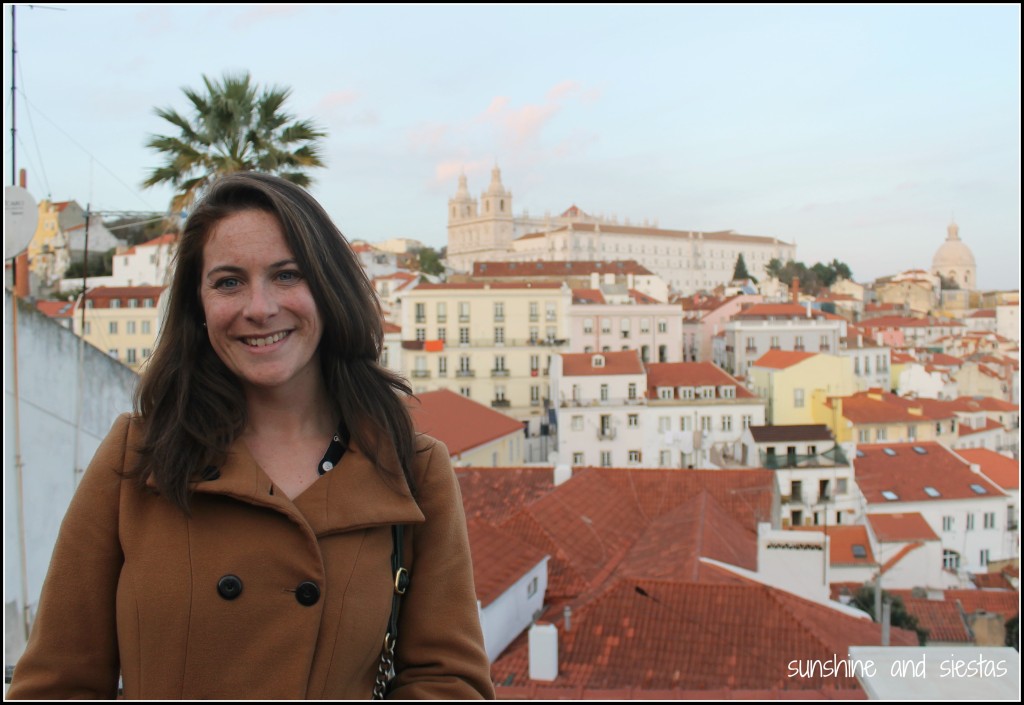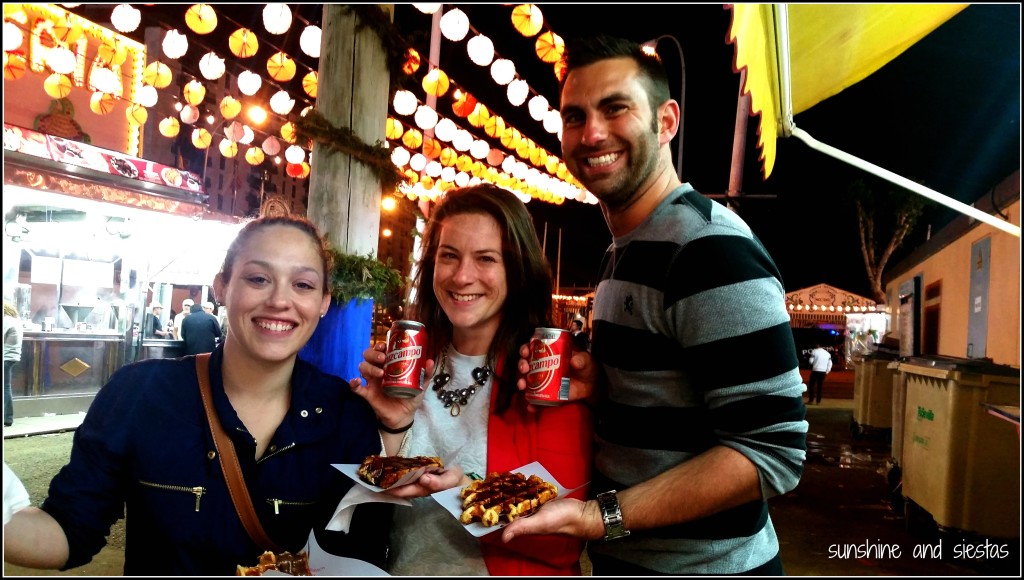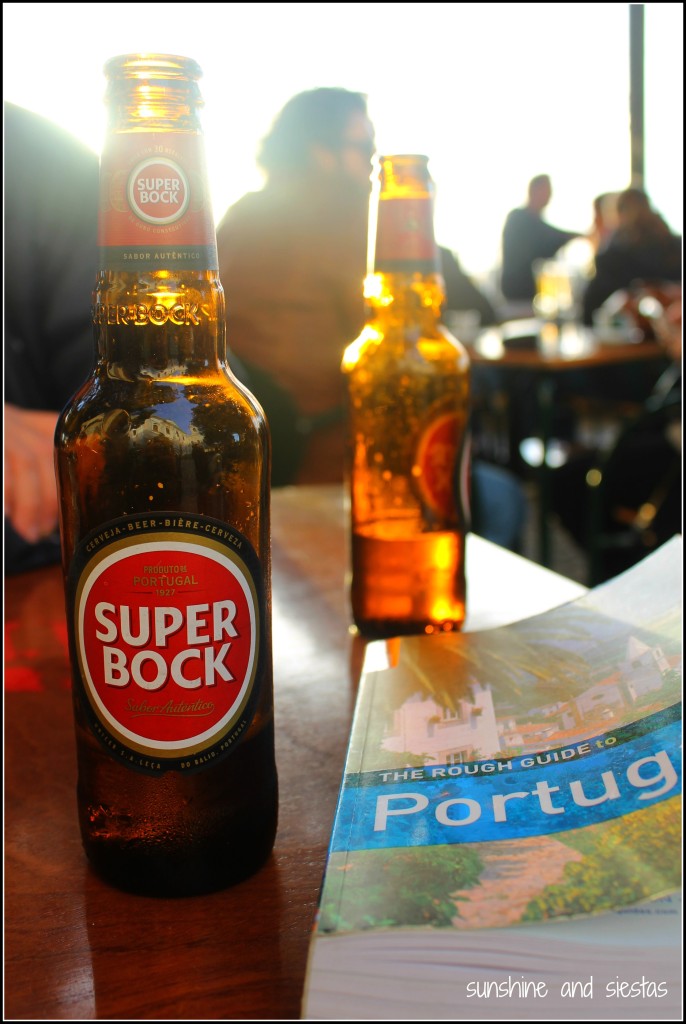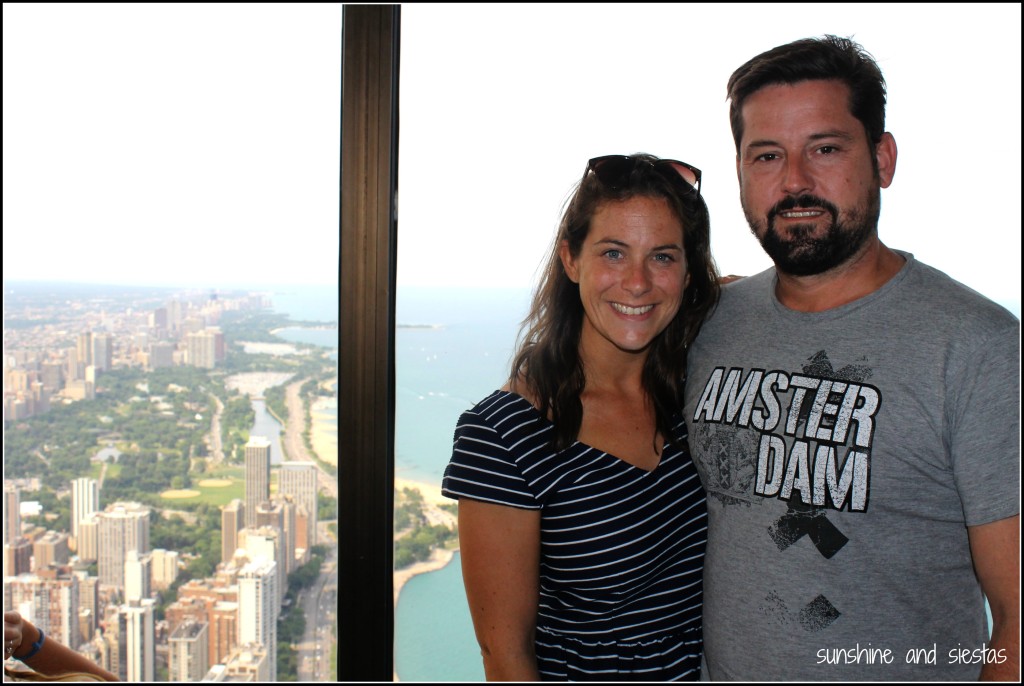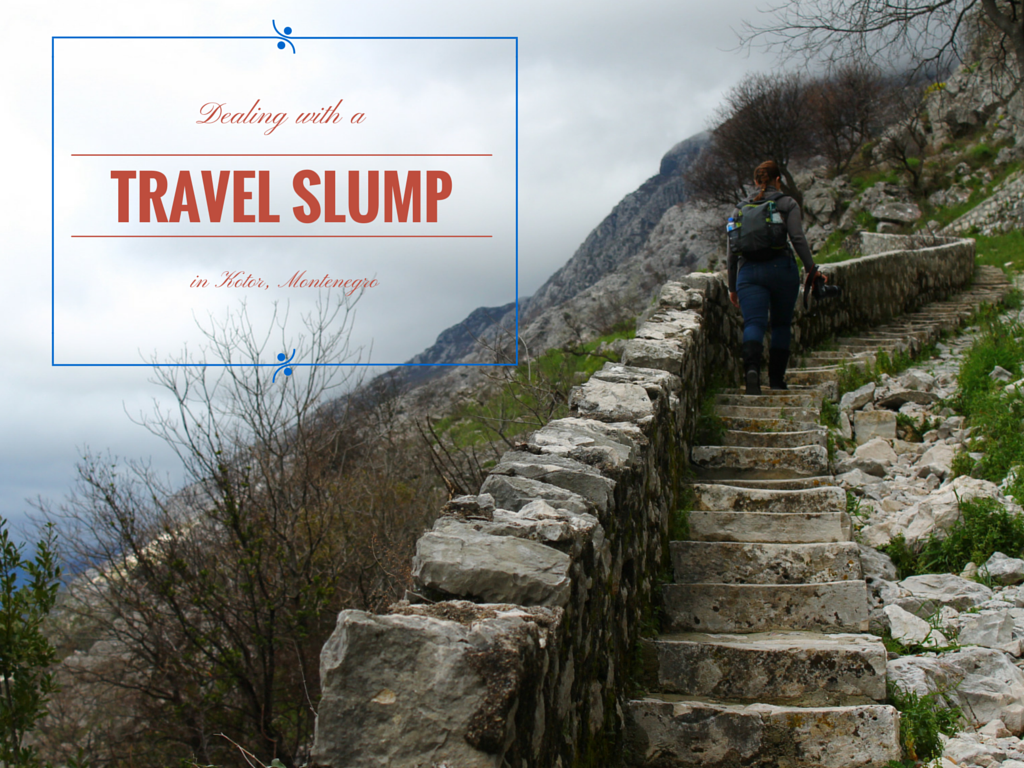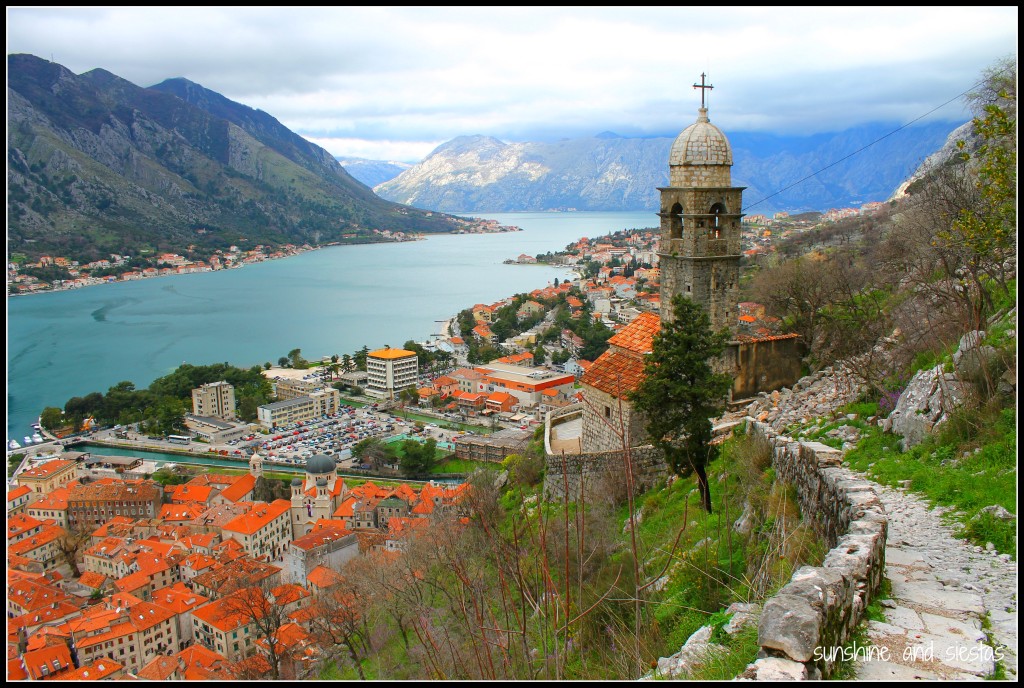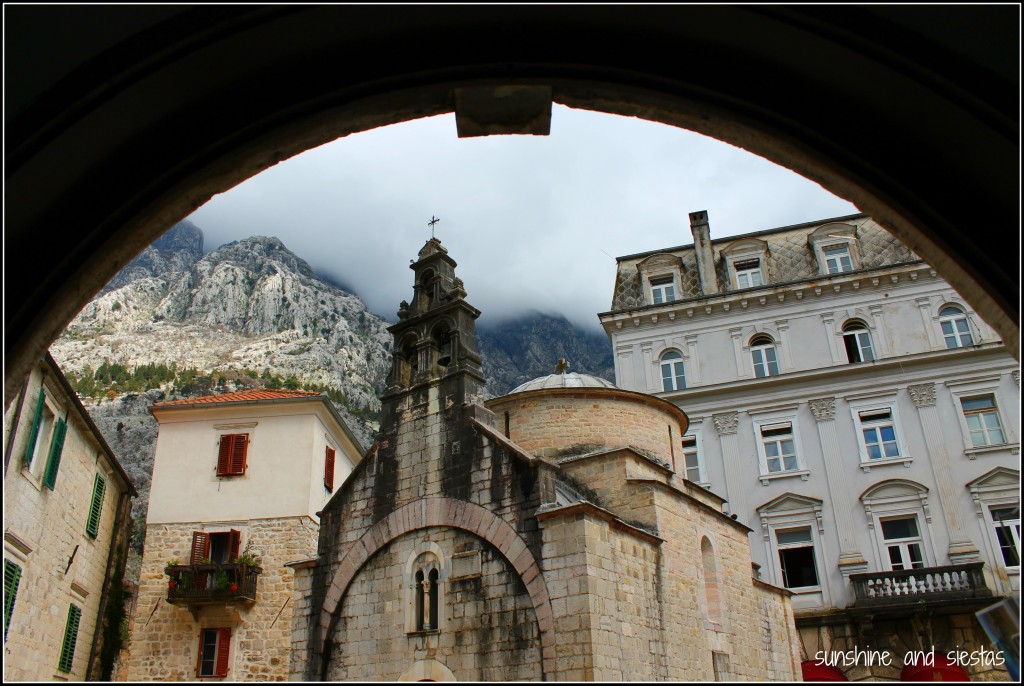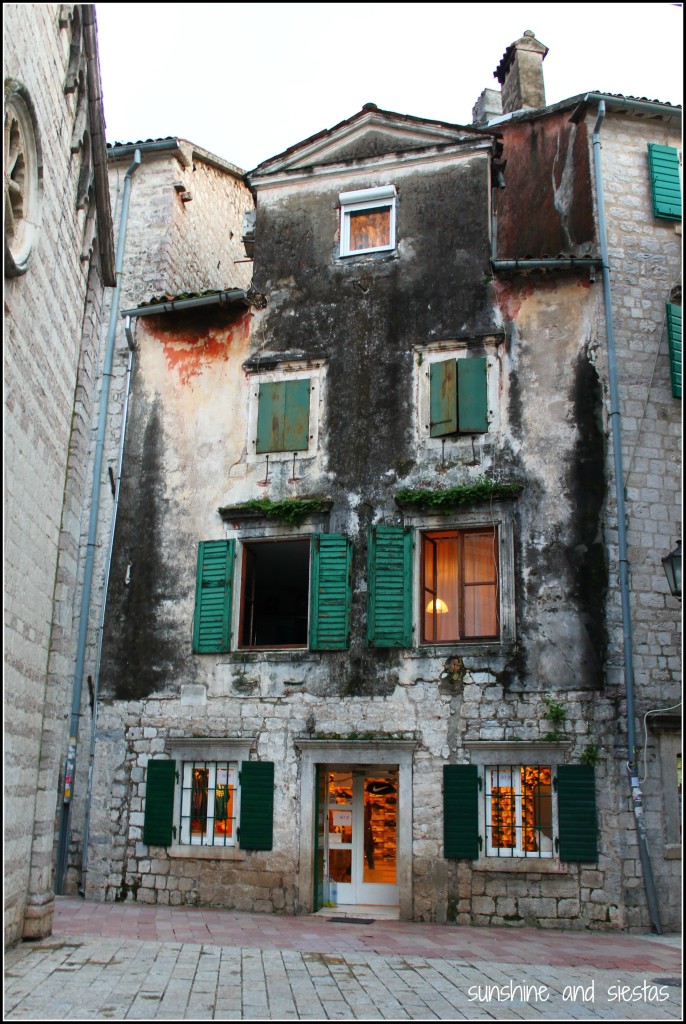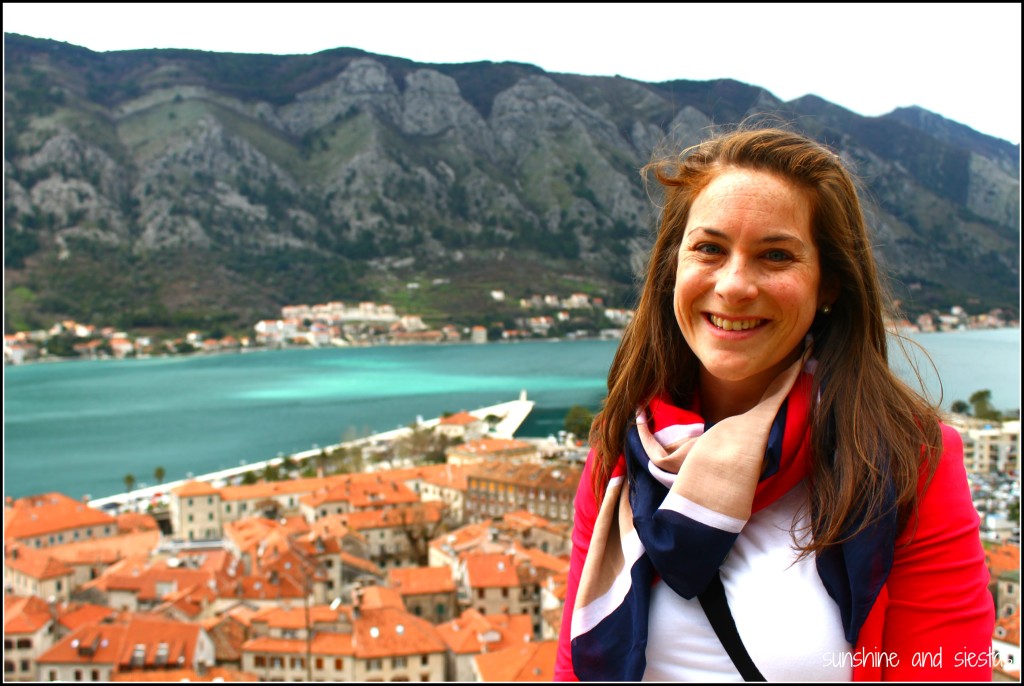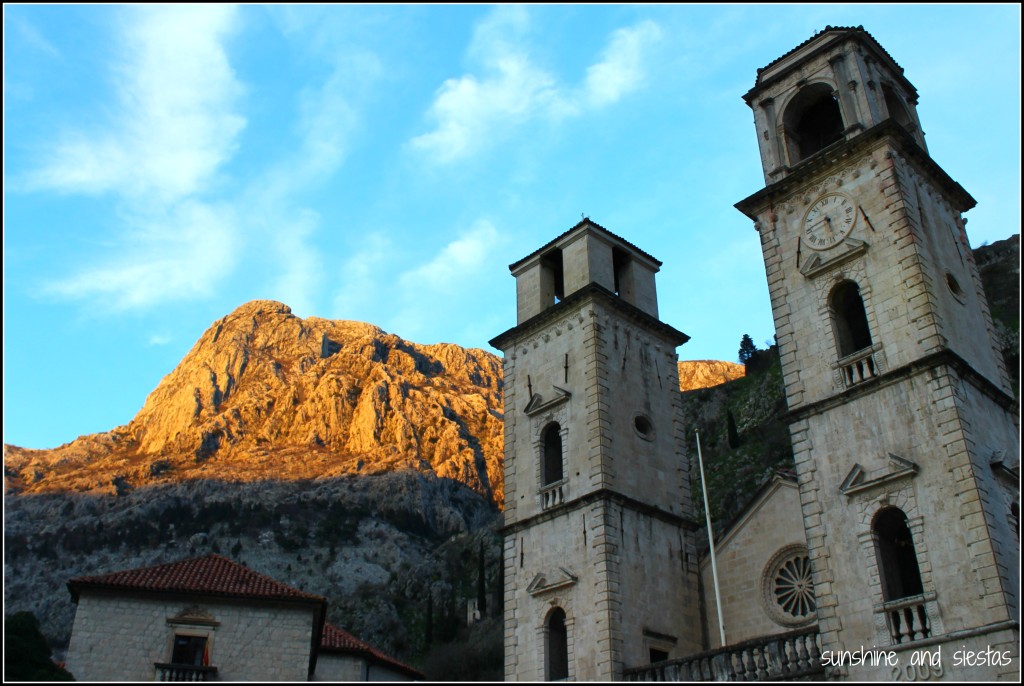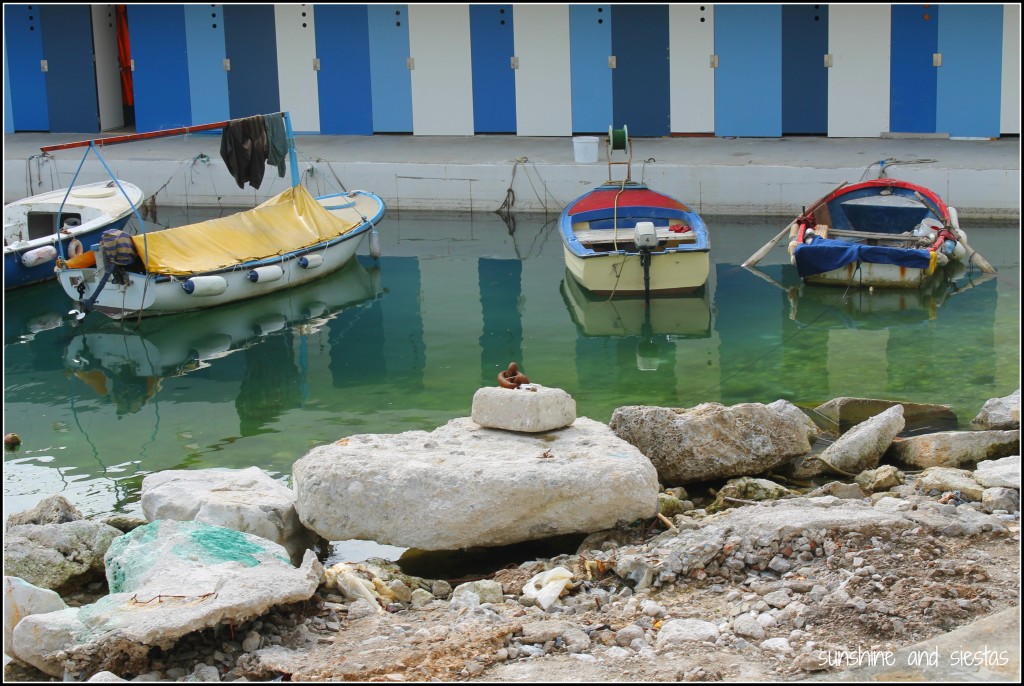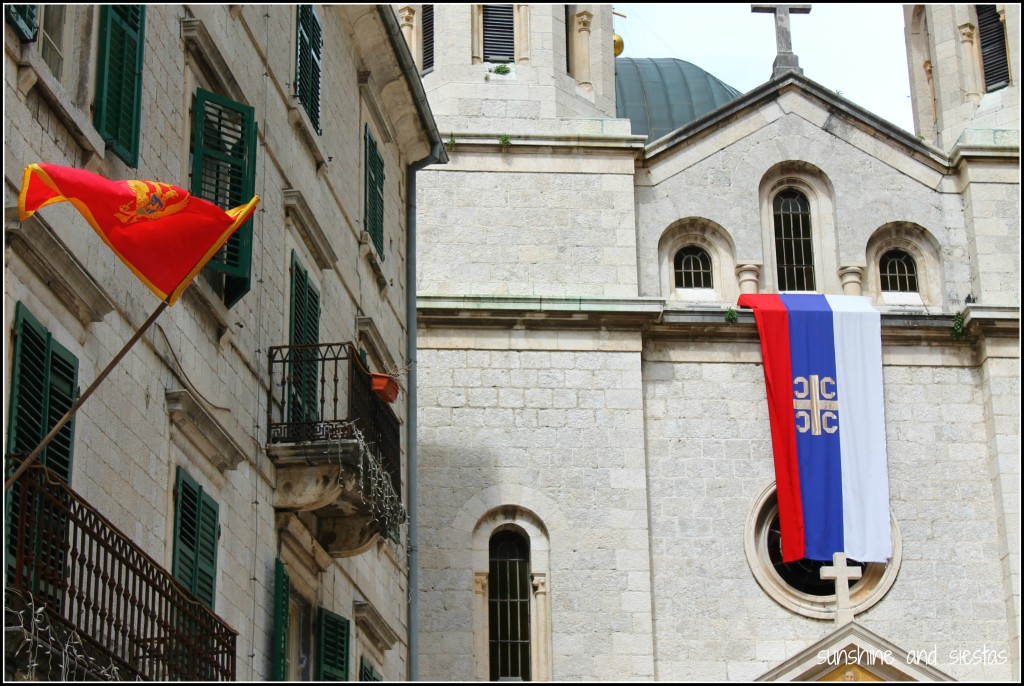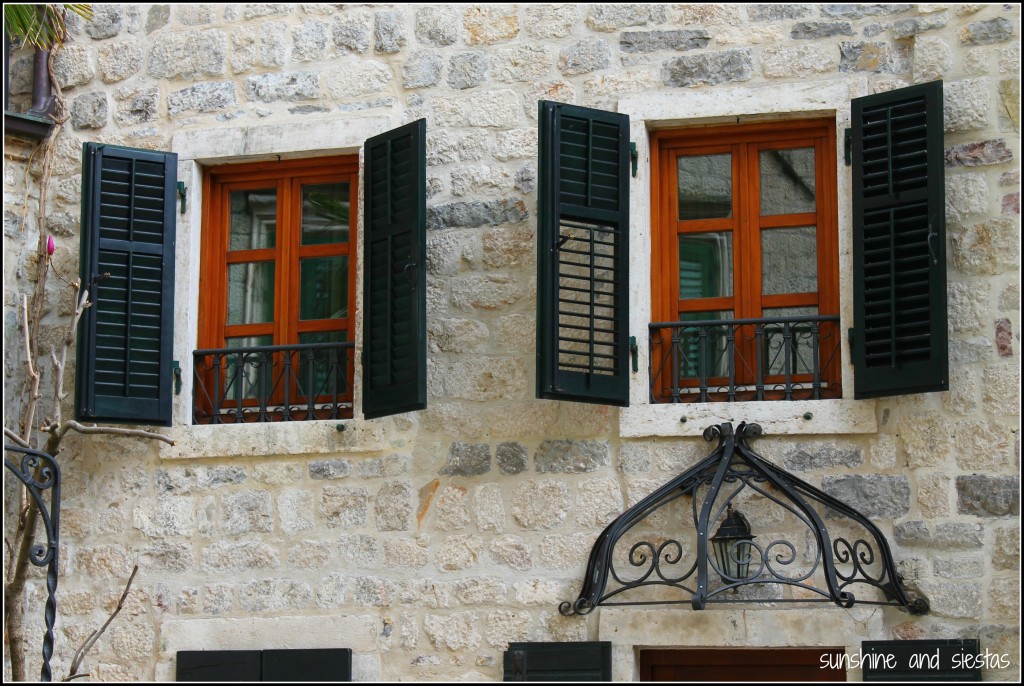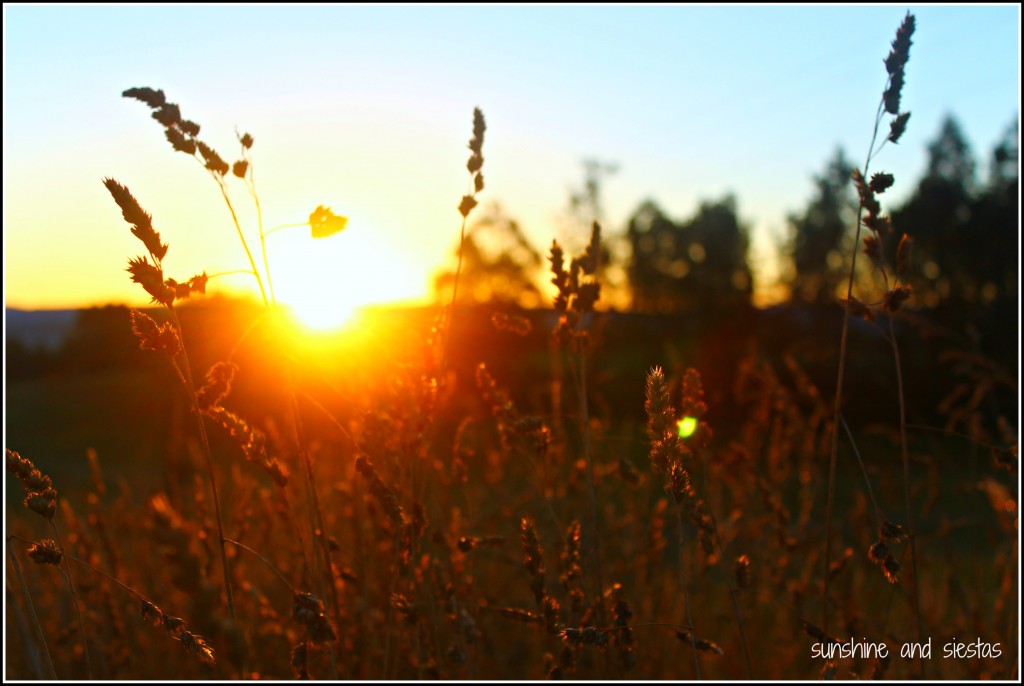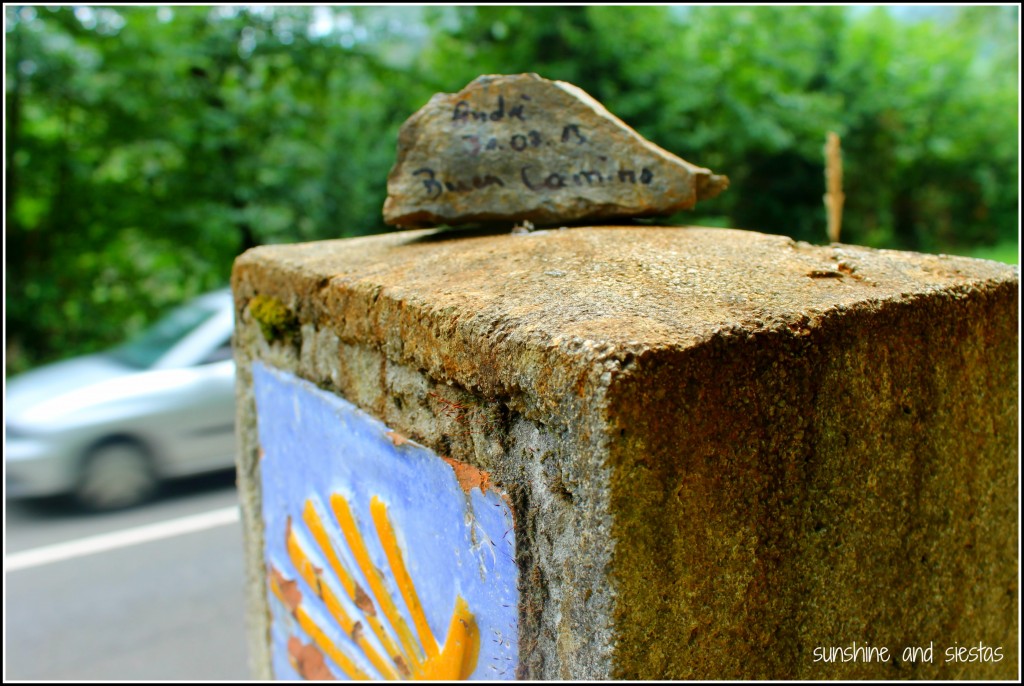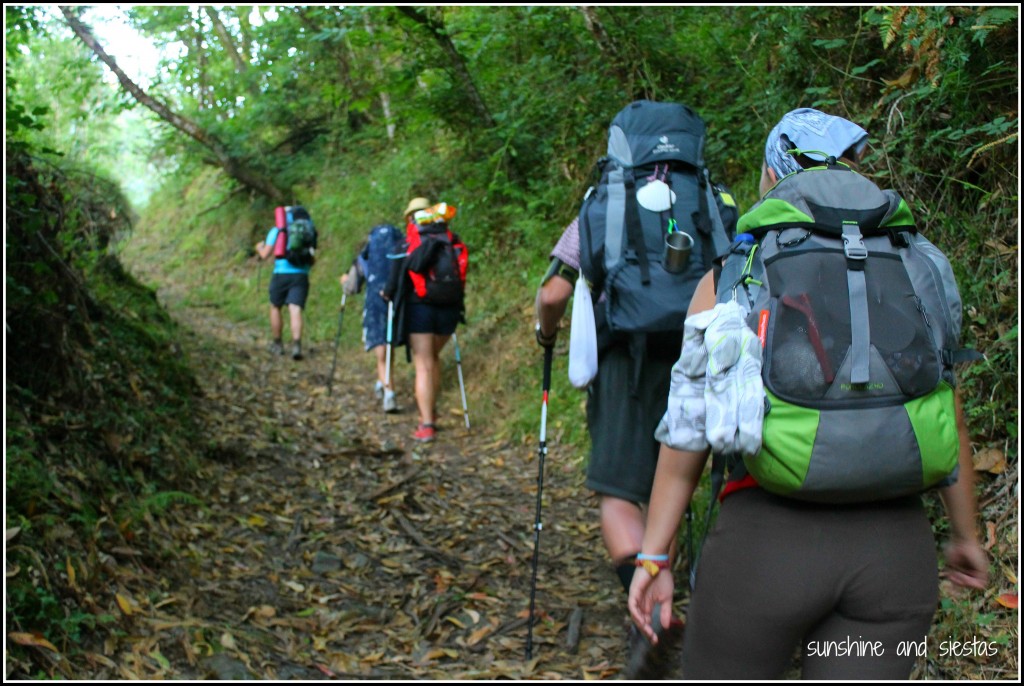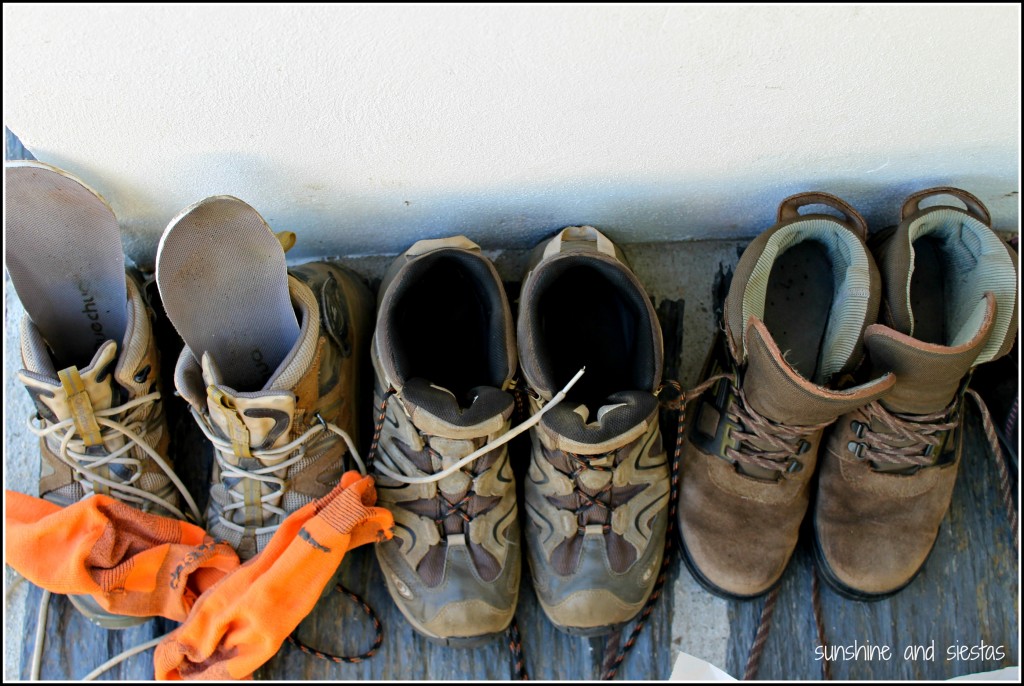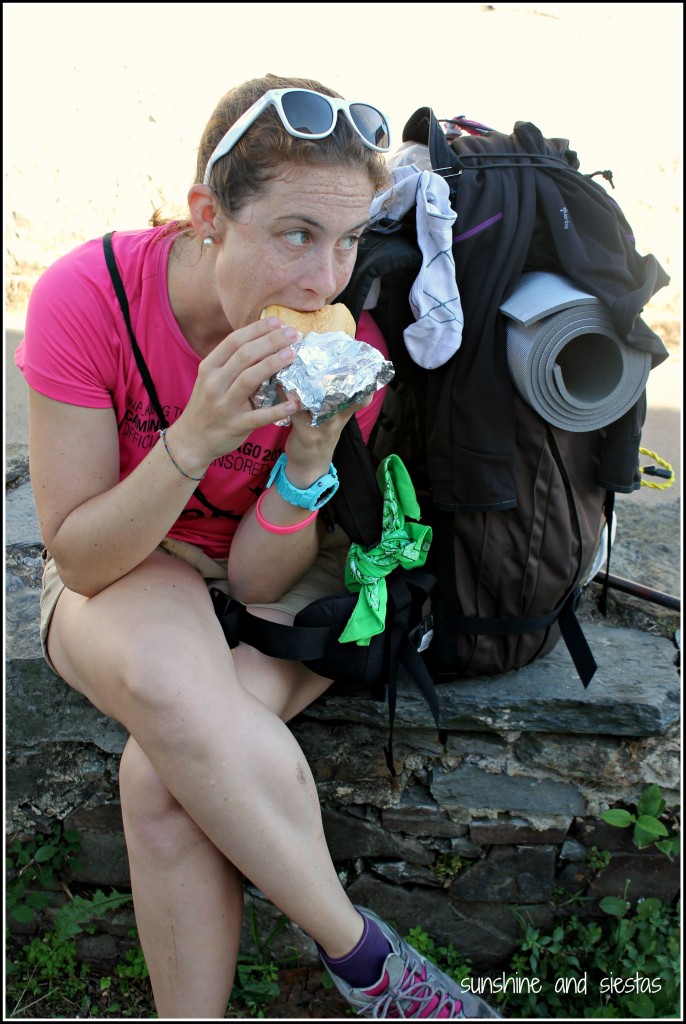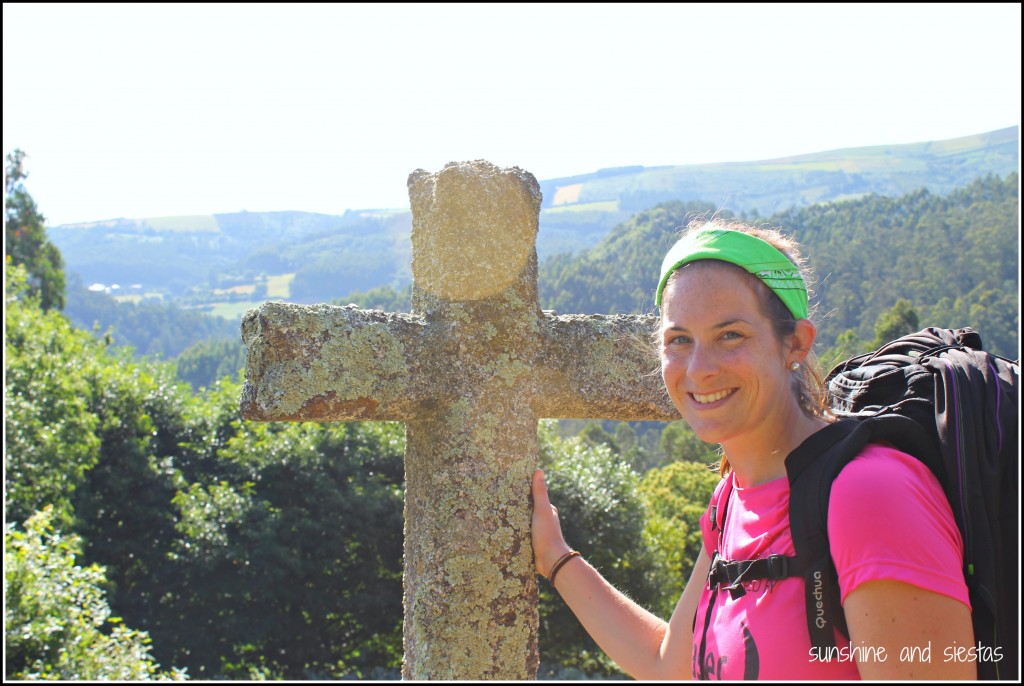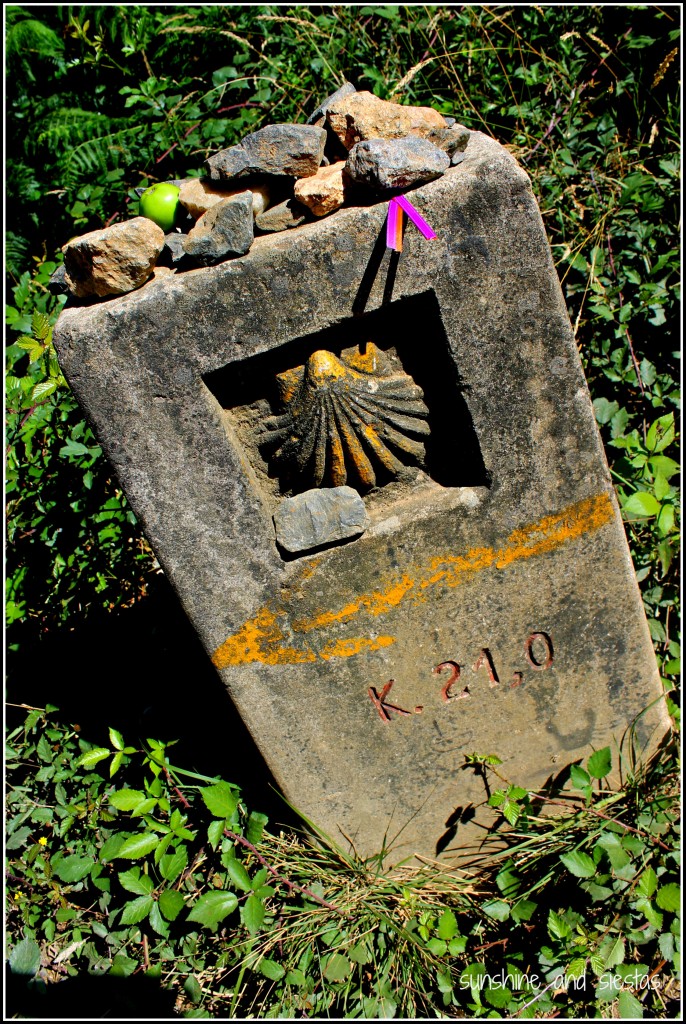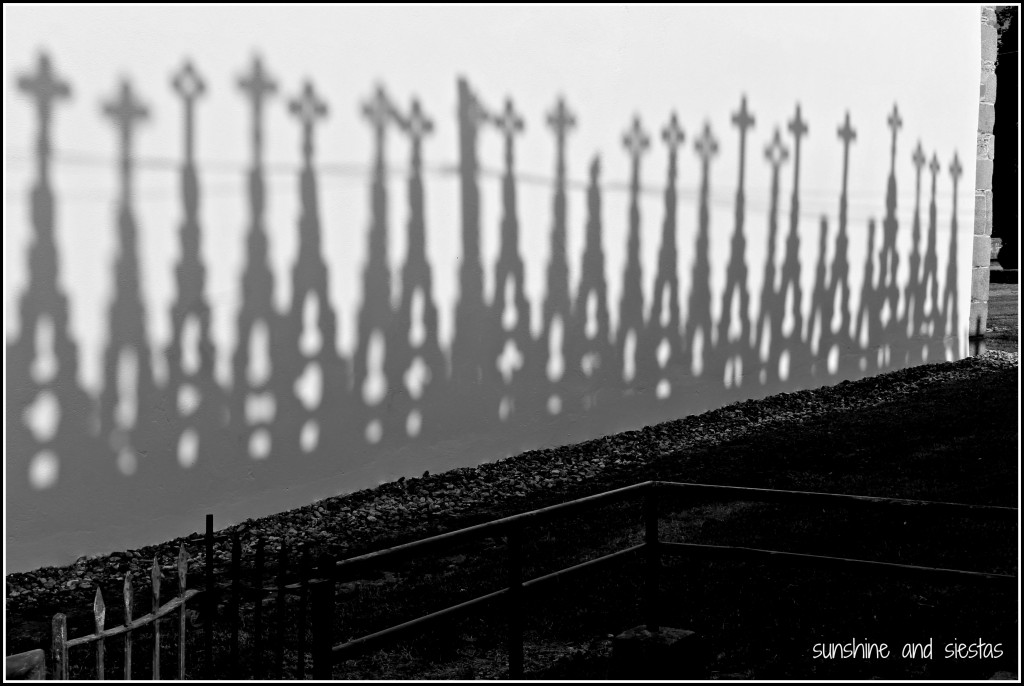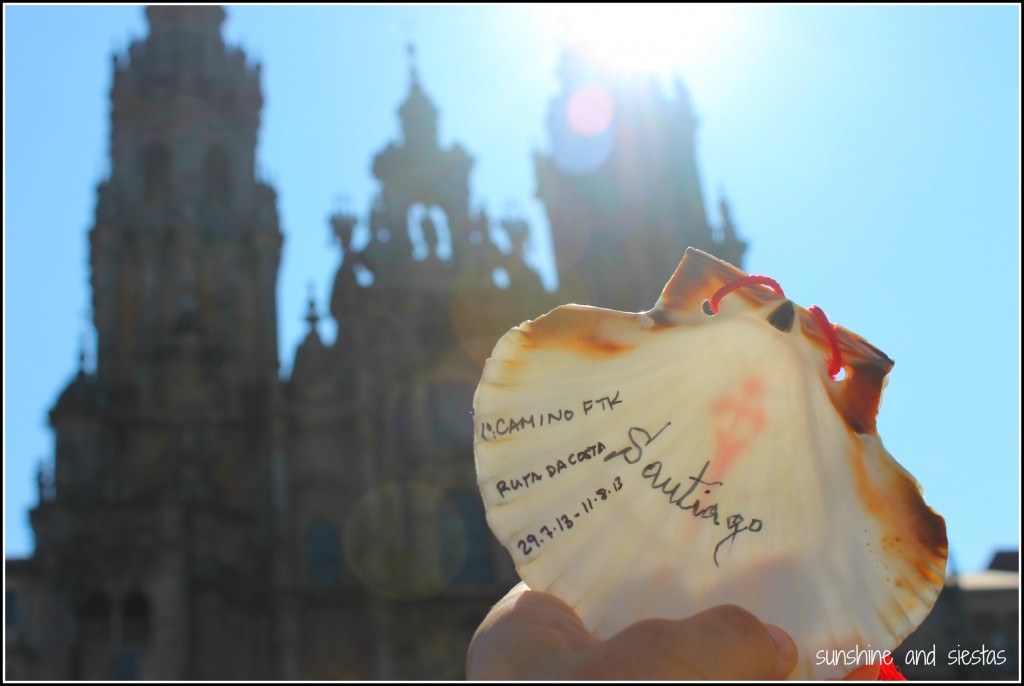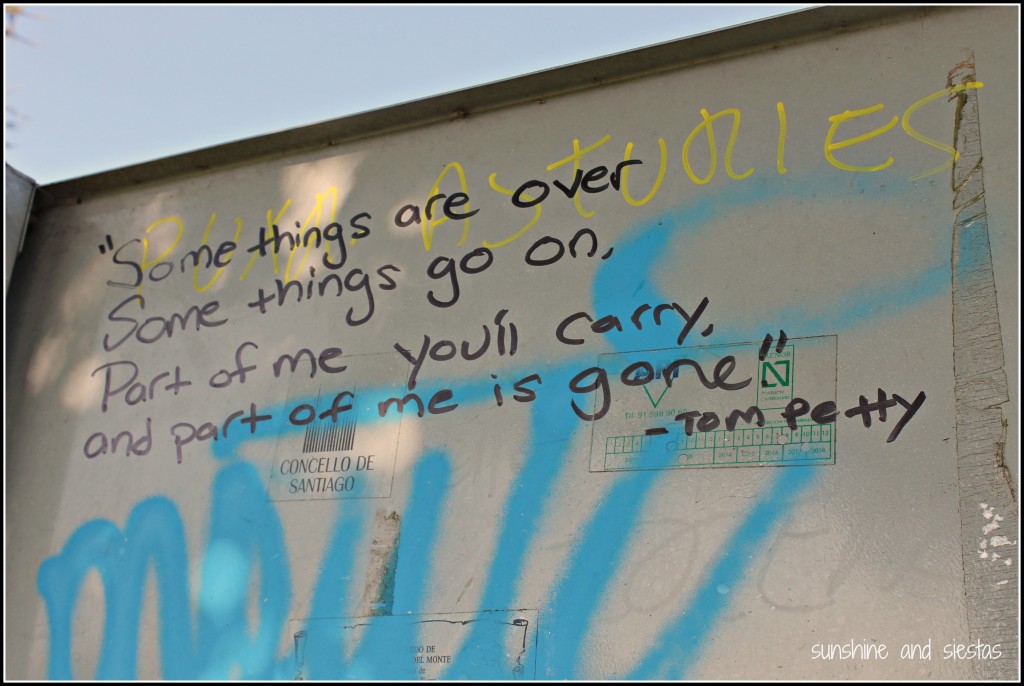“Bueno, Castilla-La Mancha isn’t exactly known for its long, winding highways,” Inmaculada said, dragging her fingertip across the screen of her mobile phone six consecutive times as the car pointed towards Valencia. It had been nearly 100 kilometers since I’d had to even move the steering wheel for anything other than overtaking.
Literally called the scorch or the stain in Spanish, La Mancha may not be famous for its roads, but it is renowned for two things: Don Quixote and Manchego cheese. Resting comfortably on top of Andalucía and cradled between Madrid and Valencia, its size and its small towns have intimidated me. Everything seemed a bit archaic, a bit sleepy and, mostly, a bit unreachable without a car and an extra-long weekend.
Stretching out on either side of the highway as I drove Inmaculada and Jaime to Valencia was land. Sand. Barely a glimpse of a small town. Like any other Spanish student, we were made to read Quixote in high school and made a point of paying homage to a fictional knight bound by the ideals of chivalry and true love. But the landscapes I’d read about in Cervantes’s greatest novel were nothing but flat and brown. A literal scorch of earth, true to the region’s name.
Three days later, I left the coast, shoes and jacket blackened from Las Fallas, and tilted back towards the heart of Castilla-La Mancha. The great hidalgo‘s “giants” were only a few hours away. I took my old, tired car, an allusion to the old, tired steer, Rocinante, with me.
The drive should have been easy enough: the Autovía de Este until it met the Autovía del Sur and a few minutes’ drive west to Consuegra, where eight or ten windmills stand guard on a jagged crest of mountain, crowned by a medieval castle.
“Destiny guides our fortunes more favorably than we could have expected. Look there, Sancho Panza, my friend, and see those thirty or so wild giants, with whom I intend to do battle and kill each and all of them, so with their stolen booty we can begin to enrich ourselves. This is nobel, righteous warfare, for it is wonderfully useful to God to have such an evil race wiped from the face of the earth.”
“What giants?” Asked Sancho Panza.
“The ones you can see over there,” answered his master, “with the huge arms, some of which are very nearly two leagues long.”
“Now look, your grace,” said Sancho, “what you see over there aren’t giants, but windmills, and what seems to be arms are just their sails, that go around in the wind and turn the millstone.”
“Obviously,” replied Don Quijote, “you don’t know much about adventures.”
Per Trevor’s suggestion, I wanted to stop first in Alcázar de San Juan, home to a number of beautifully restored windmills that wouldn’t be run over with tourists. Spit out from the Contreras Reservoir that naturally separates La Mancha from the Comunitat Valenciana, the radio frequency suddenly switched to a CD, and soon the Eagles (could there be a more perfect band for a road trip?) were running through my stereo.
I calculated I had enough gas and my bladder could make it the 200 kilometers to San Juan. It was an easy jaunt on the A-3 until Tomelloso, where I’d hop onto the CM-42.
Maybe it was the Eagles or the long, flat, endless journey down the motorway, but I turned onto the wrong highway at Atalaya del Cañavate. As someone who uses landmarks to mark the way, the names of towns, echoing old battlegrounds and ruined castles, began to seem foreign. Stopping in Alamarcha, my phone confirmed what I’d suspected for several dozen kilometers: I’d gotten myself lost.
But the giants were calling, and I wasn’t too far off the path. Monty-nante roared back to life, I turned up the music and rolled down the windows. We set off, a girl and her horsepower, to slay giants. Or, take some pictures of windmills before lunch. The allusions end there for a bit, lo prometo.
Like our Quixotic hero, I blinked hard to make sure I was seeing what lay ahead. As soon as I’d gotten on the CM-420, the long, straight highways became curls around hills, between cherry and almond groves and without a soul or engine in sight. The brown patches of earth were immediately lush and covered in alfalfa, dewey from the previous day’s rain, and full of low, stout grapevines. I pulled over and turned off my GPS, happy to sit in near silence as Monty’s tires shifted effortlessly around curves. After all, this was as adventurous as my Holy Week travels would be.
“When life itself seems lunatic, who knows where madness lies? Perhaps to be too practical is madness. To surrender dreams — this may be madness. Too much sanity may be madness — and maddest of all: to see life as it is, and not as it should be!”
I began climbing a hill at what I believed to be halfway to San Juan. Just below the cusp, I saw the stationary arm of a giant – a set of windmills protect the town of Mota del Cuervo. We nudged our way towards them, standing in a solitary row of six or eight.
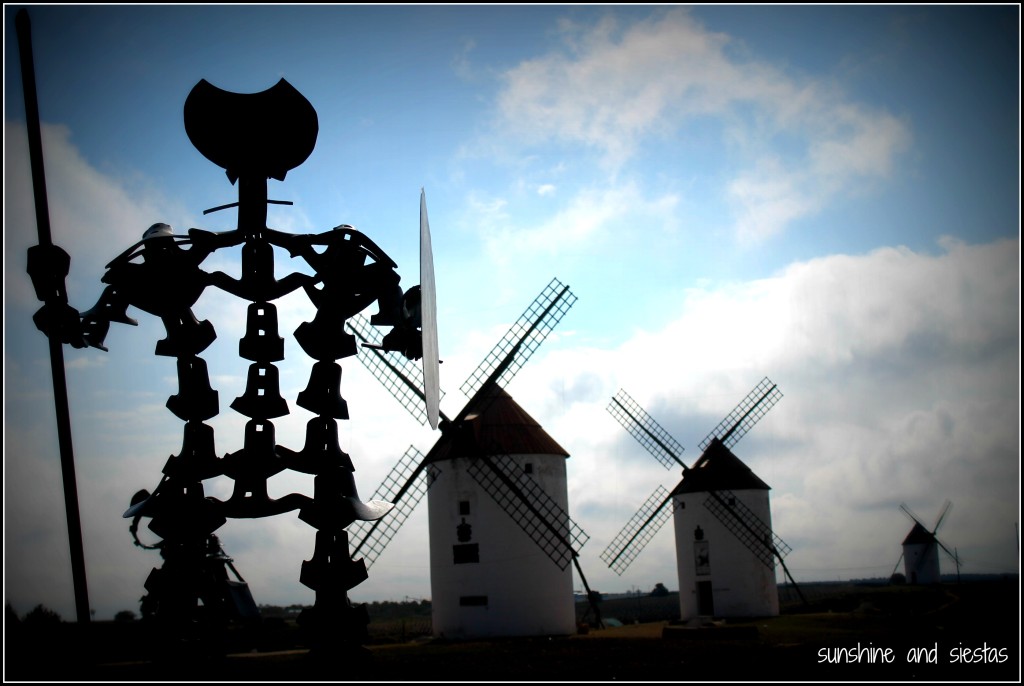
The tourism office was closed and my car was the only one parked in the ample gravel lot. I had the giants to myself, and I practically squealed. Lately I’ve been feeling jaded as I travel in Spain, as if nothing else can ever impress me the way that laying eyes on the Alhambra or the Taj Mahal did; but feeling the wind whip by my ears as I looked across the scorched Manchego plain reminded me that, yes, there is still plenty of Spain to discover.
But I had to press on, to not let perception or kilometers or a low phone battery squash my dream of seeing Consuegra when I was this close. I drove right past San Juan and its beautiful windmills atop an olive tree grove crawling up the hillside. As soon as I’d crossed the A-4 highway some 40 kilometers later, the giants at Consuegra began to come into view, huddled around a castle.
The town itself was dusty and sleepy, as I’d expected. Streets had no names, rendering my GPS useless. Monty chugged slowly up the steep, barely-meter wide streets as old women swept street porches and clung to their door frames. Images of the old hidalgo became commonplace – bars named Chispa and La Panza de Sancho, souvenir shops touting wooden swords and images of windmills and an old warrior atop a barebones steed.
Rounding the final curve, a man waved his arms up and down, pleading me to stop and flagging me into a full parking lot. “It’s International Poetry Day,” he said, “and the molinos are closed to car traffic.” Closing my eyes and throwing the car into reverse, I consulted the day’s plan. After getting lost twice and being pulled over by a Guardia Civil, I had to make a decision: resign myself to hiking 500 meters up to the windmills as the clouds closed in ahead, or drive back down towards Andalucía for a winery tour in Valdepeñas.
I chose to buy a bottle of wine in the DO and call it a day. I had dreams and bucket list items to chase.
The windmills were barely visible, save a few solitary blades reaching over the rock face. After an entire morning searching for them, it was like they had stopped spinning, as if the proverbial wind had been blown out of my sails. And coupled with a bus full of tourists, they just didn’t have the wonder that the molinos and my moment of silence at Mota del Cuervo had.
Even the clouds overhead looked menacing and about to burst.
I hiked to the farthest point from the castle, to windmills bearing less common names and without selfie-stick toting tourists resting on the stoops. These windmills were decidedly less picturesque but somehow more authentic.
Maybe it was a pipe dream to think I’d have the windmills all to myself for an hour of reflection. Maybe I thought they’d be bigger, like the giants I’d read about in high school. But like all things in the chronicle of the hidalgo, not everything is always as it seems. Feeling a bit dejected and pressed for time, I climbed back into Monty-nante, a true warrior after 1000 kilometers over four days, and took the autovía south.
“Take my advice and live for a long, long time. Because the maddest thing a man can do in this life is to let himself die.”
It’s been over a decade since I’ve studied abroad, and half a lifetime since we read an abridged version of Don Quixote junior year of high school. And it’s been just over four centuries since Miguel de Cervantes penned the closing chapter to a masterpiece that endures time and place.
In high school, I remember thinking Don Quixote was a fool, a haggard old man with pájaros en la cabeza who should have listened to his trusted Sancho Panza. Feeling very much like a pícara myself at this moment, I had a car ride to reflect on things and my somewhat failed mission to fulfill a teenage dream.
After a few weeks that could very well change the Spain game, I couldn’t help thinking that the old man had a few things to remind me: about perspective, about the clarity in insanity and that failure is also a means to a happier ending.
Have you ever seen the windmills at Consuegra?
